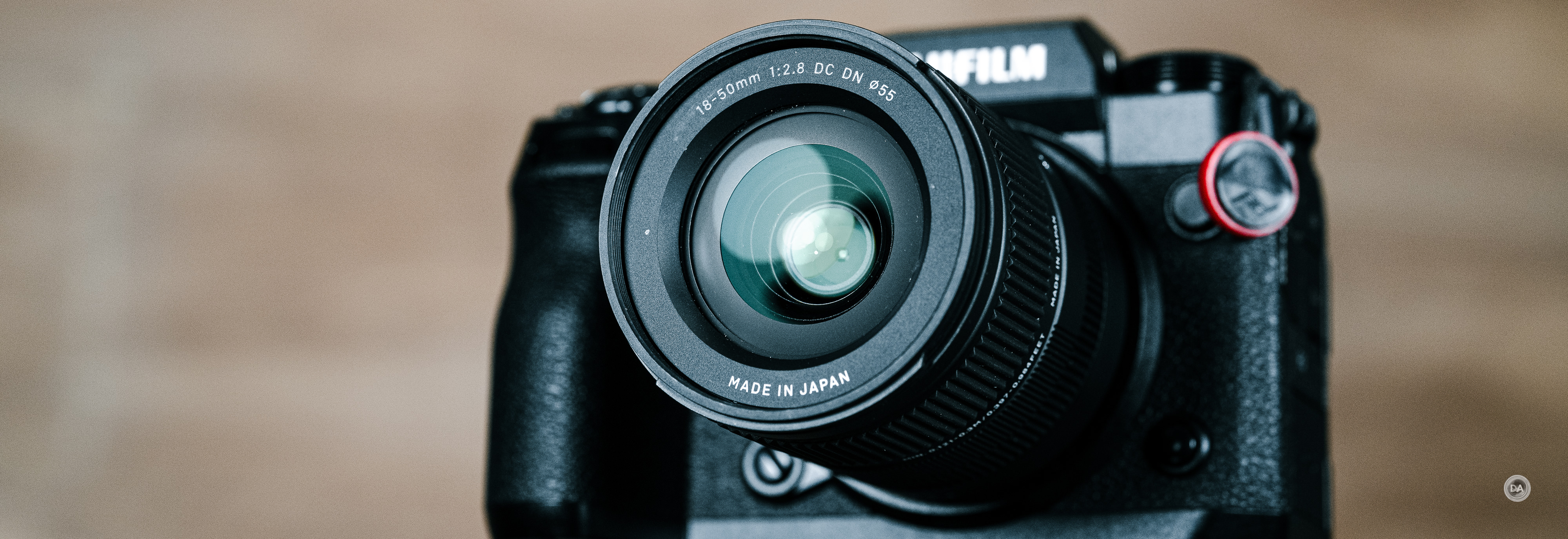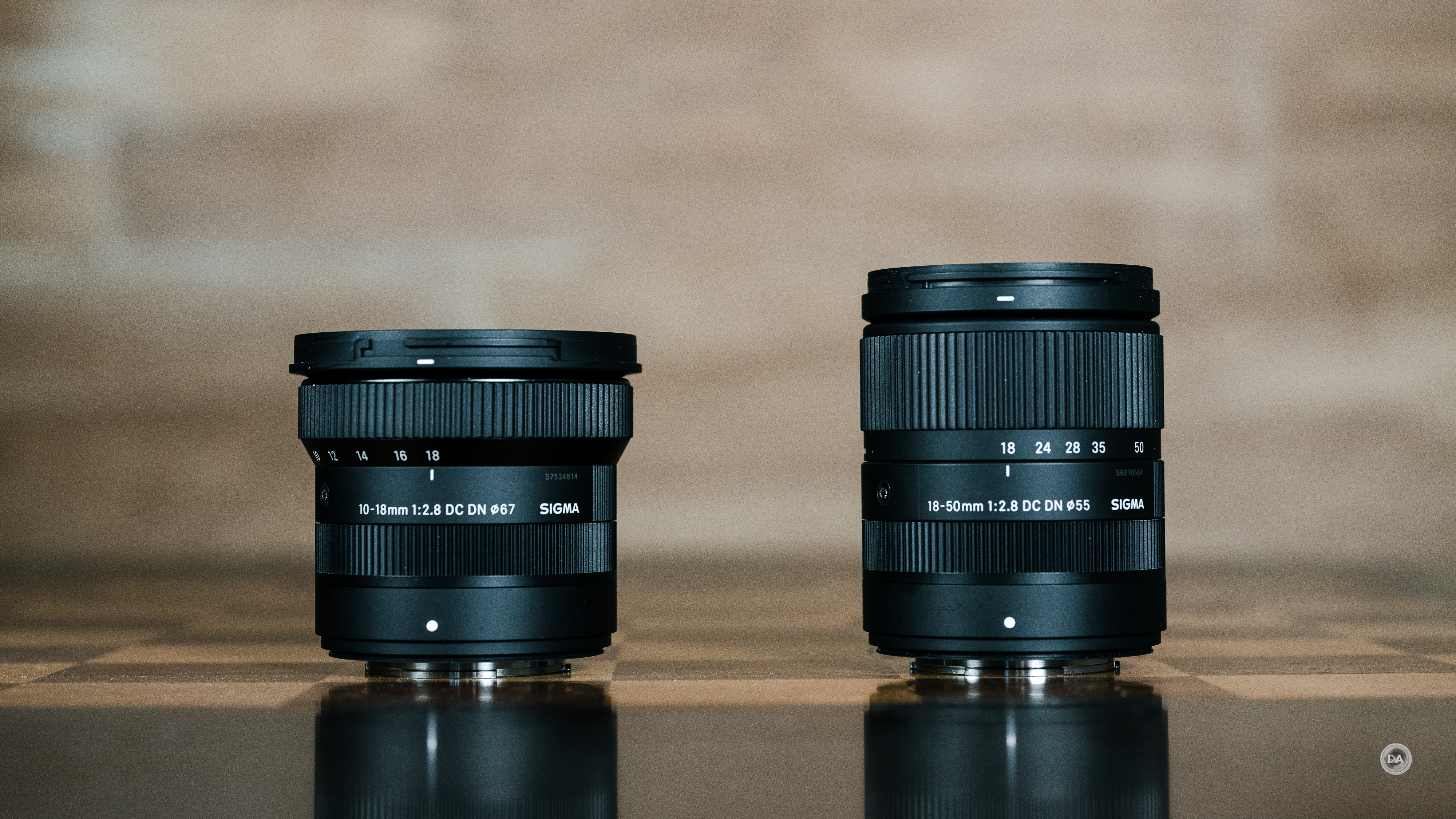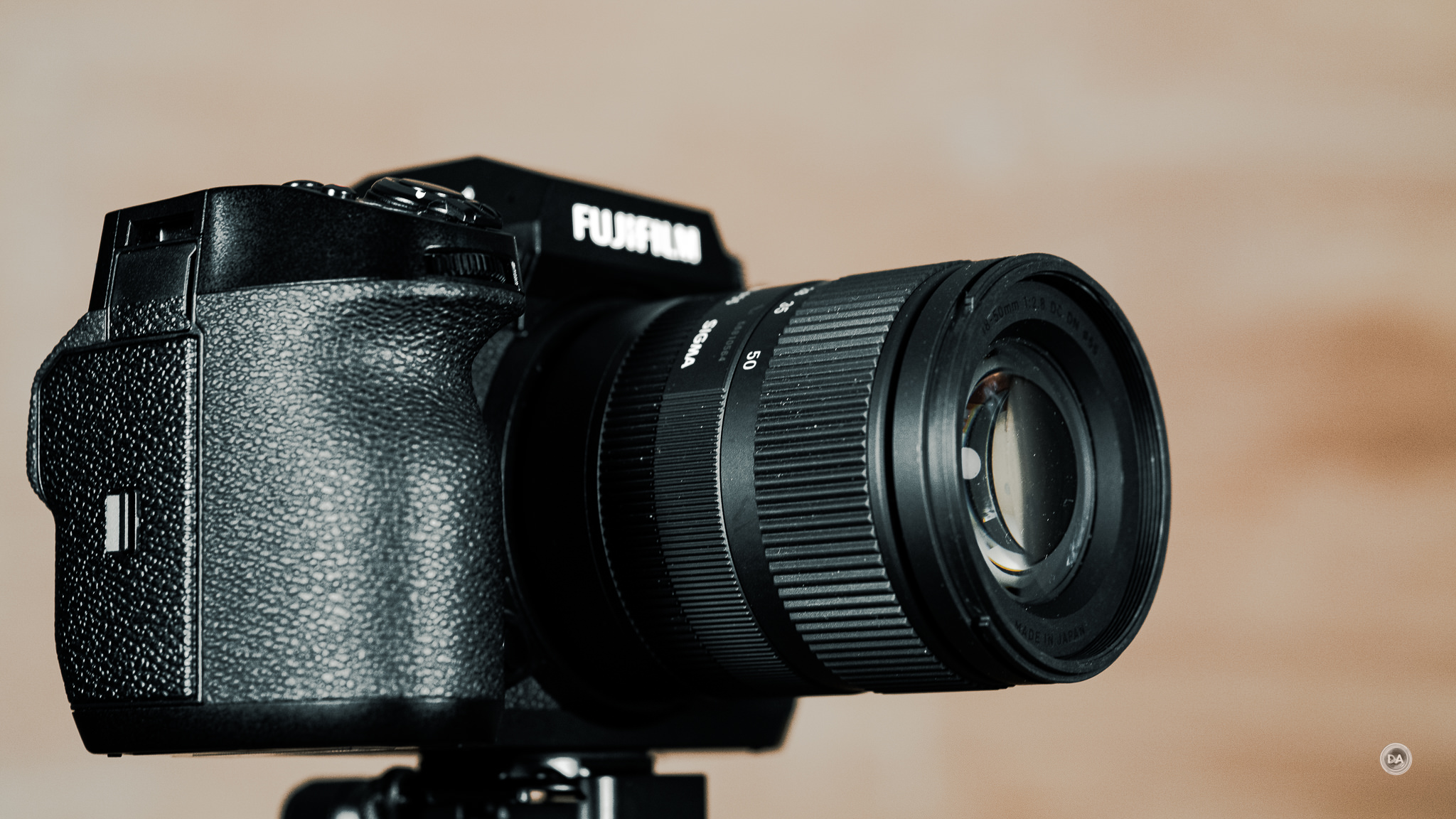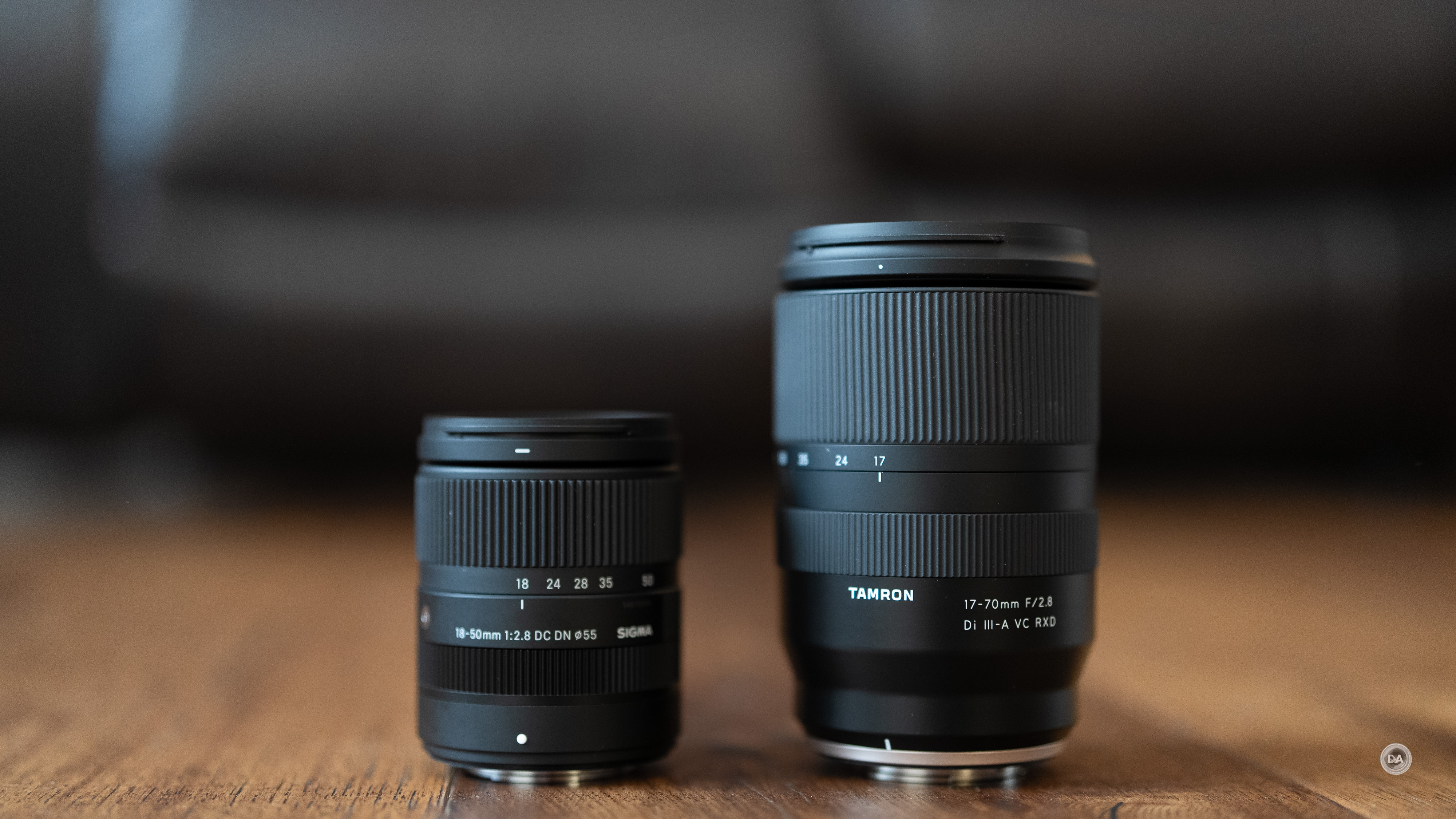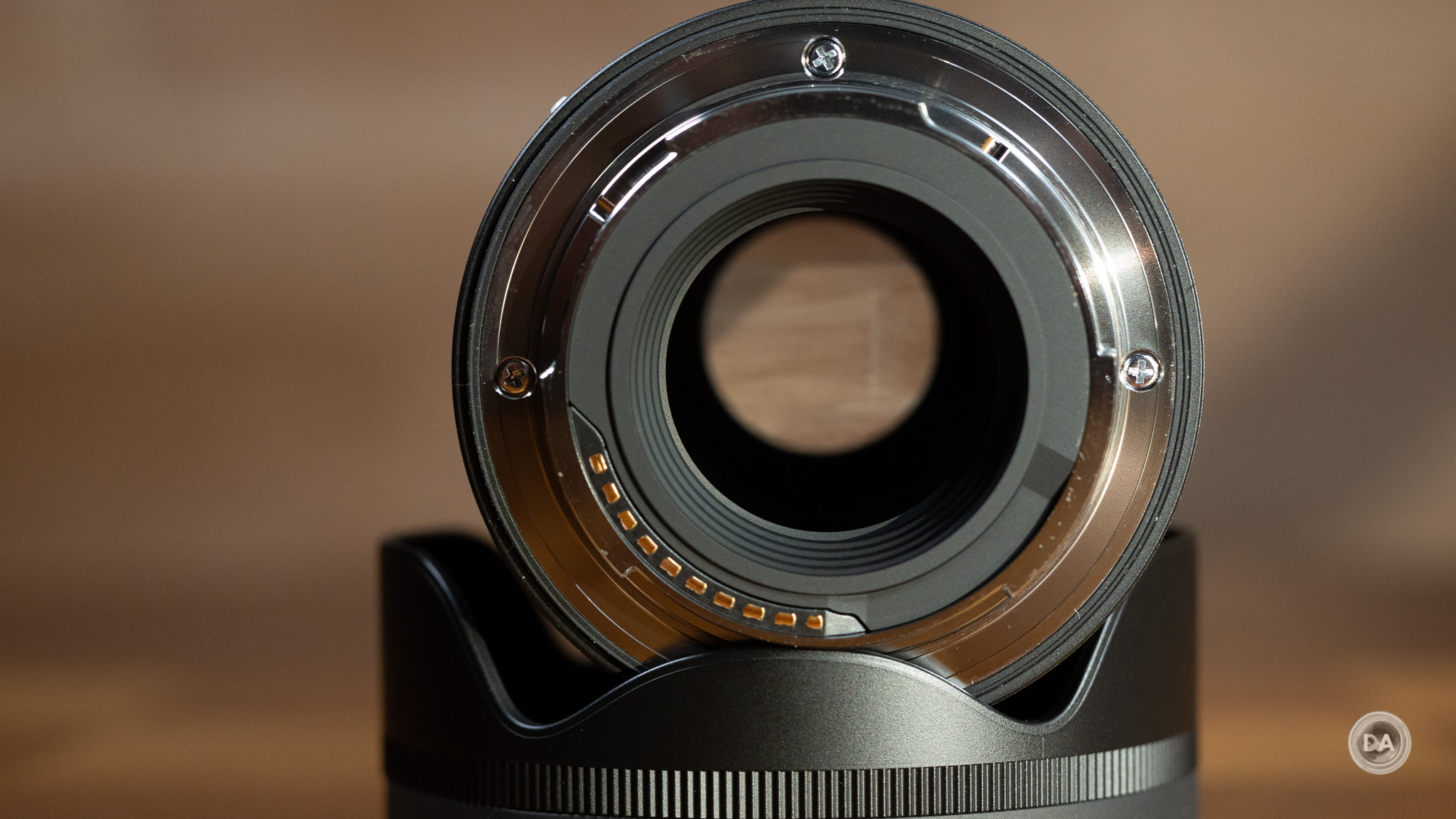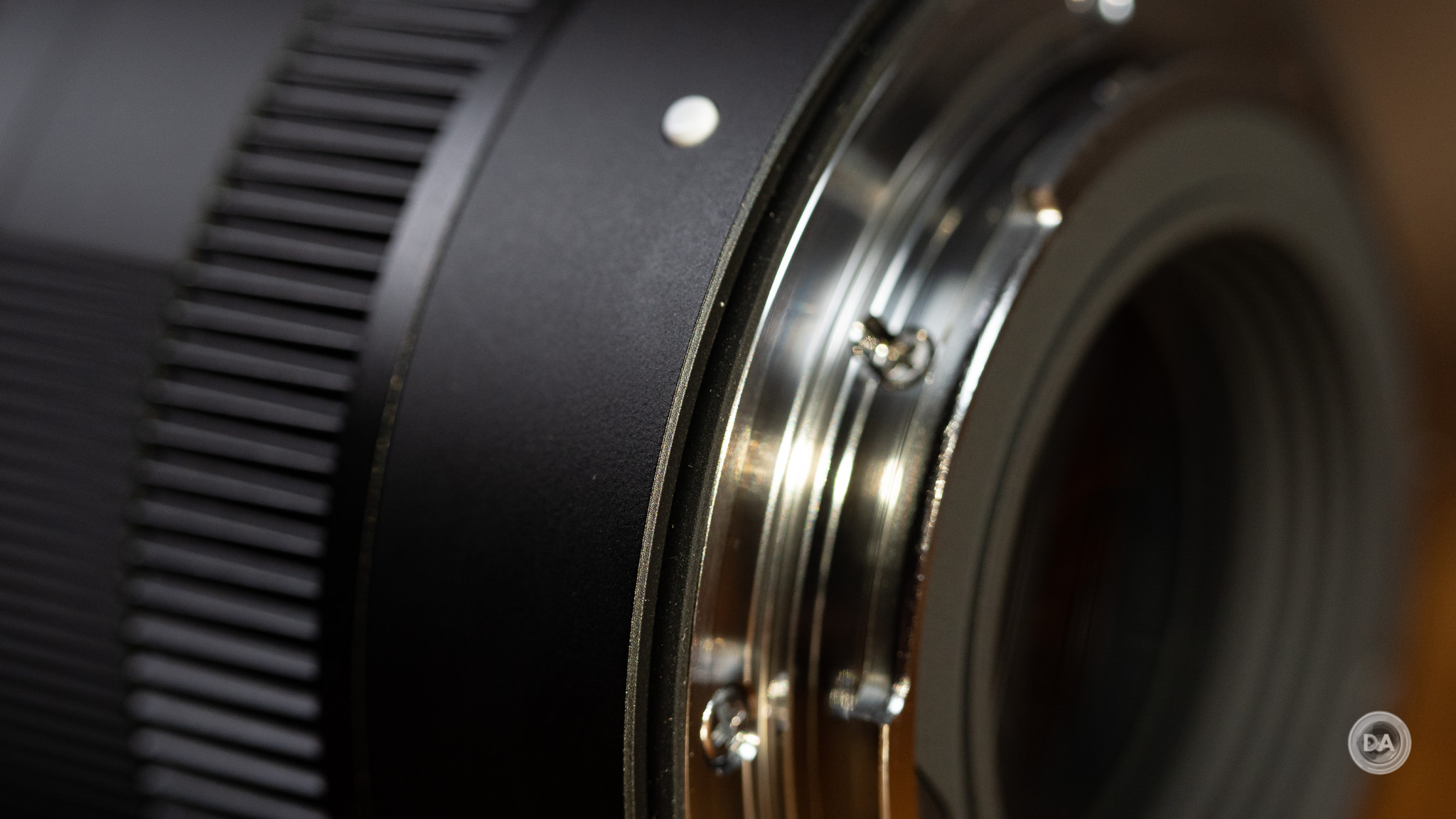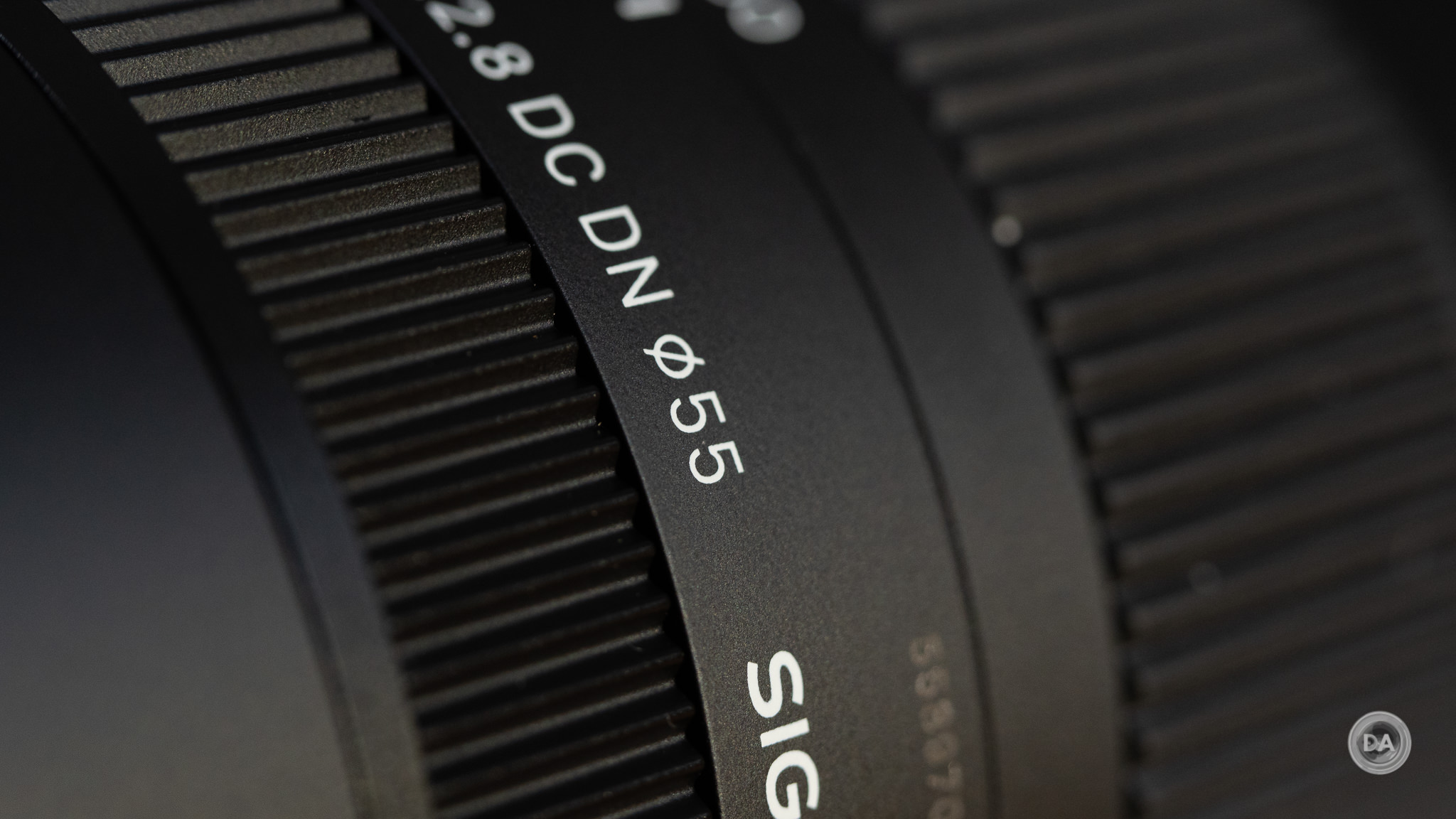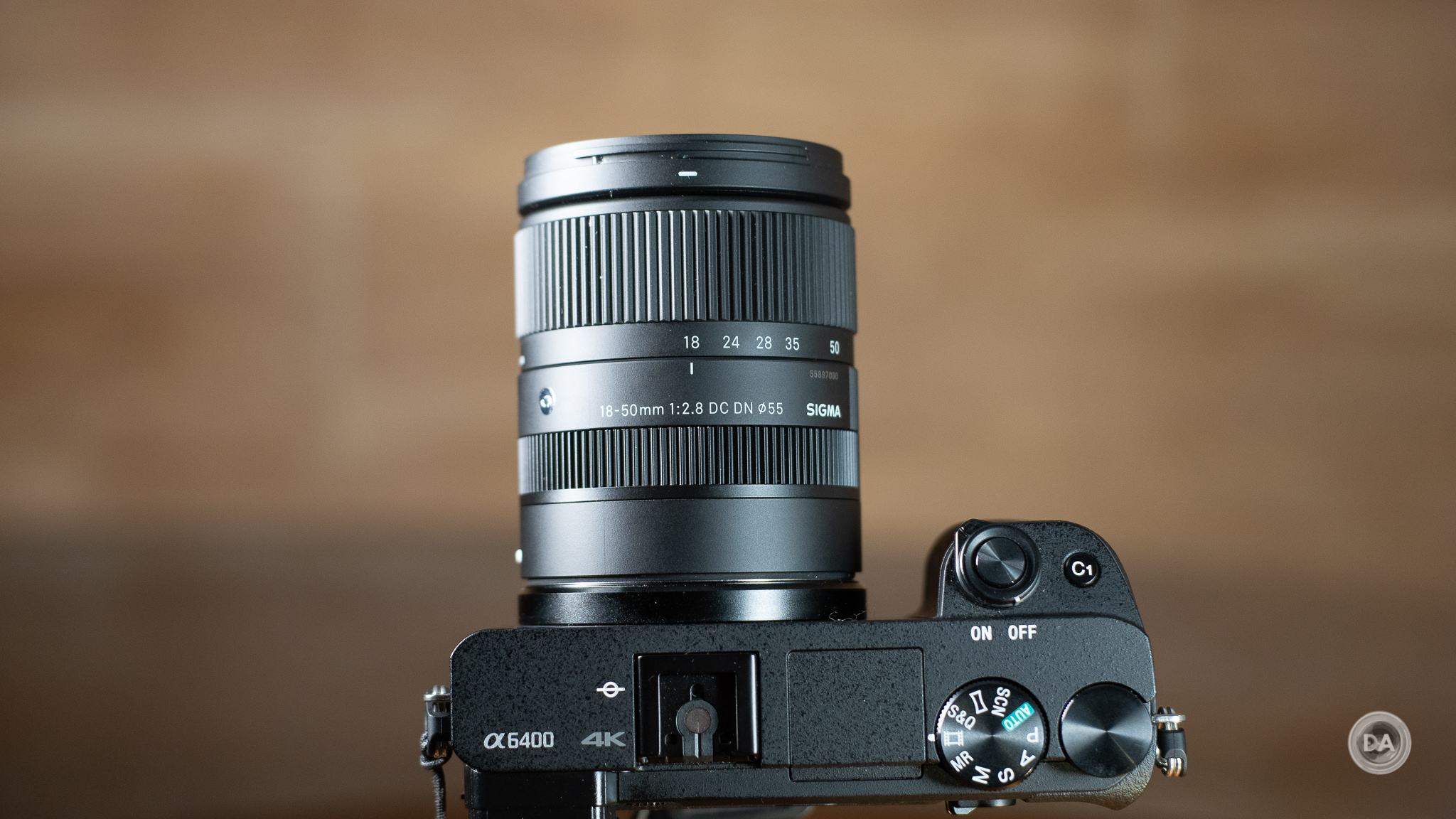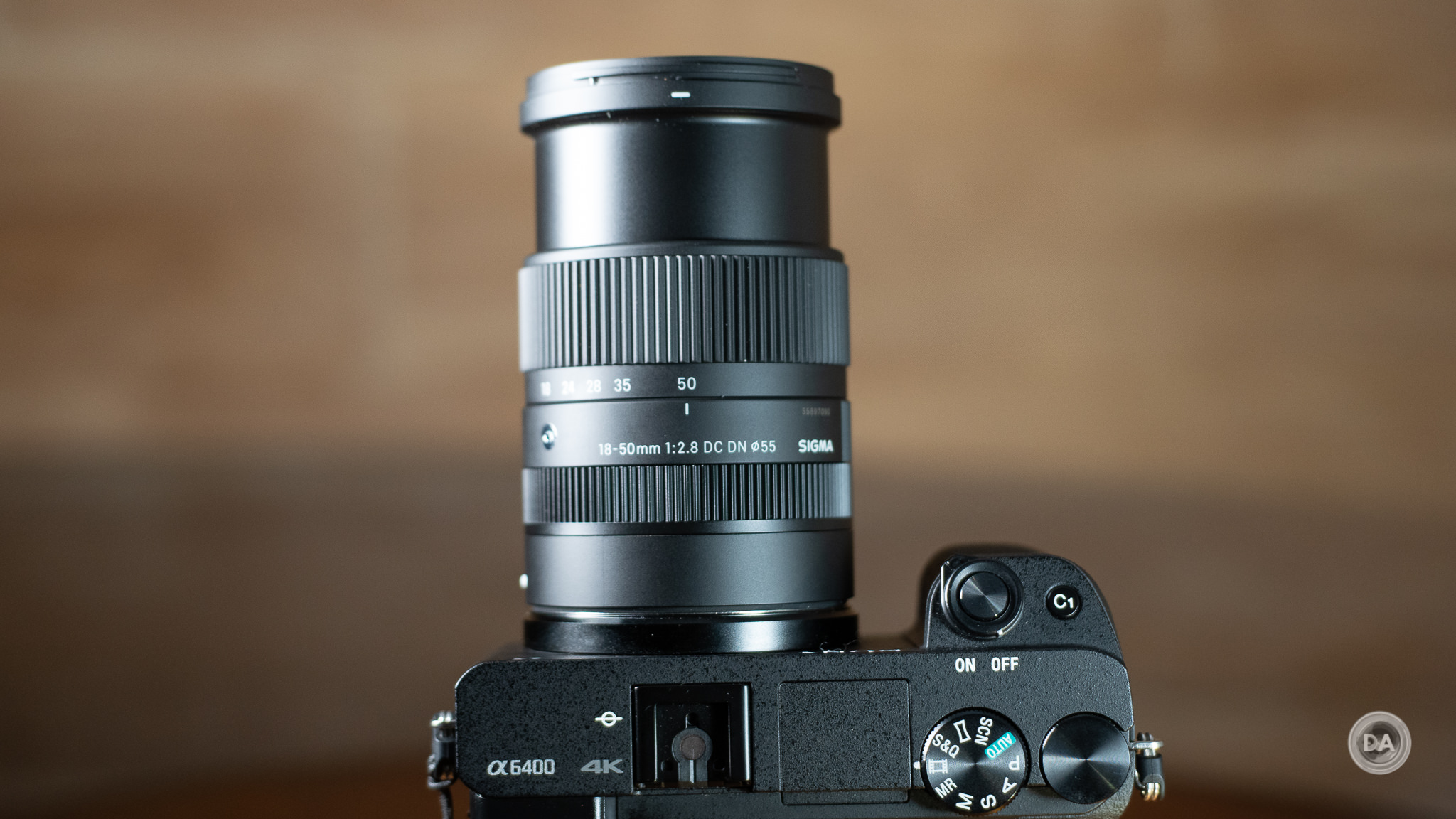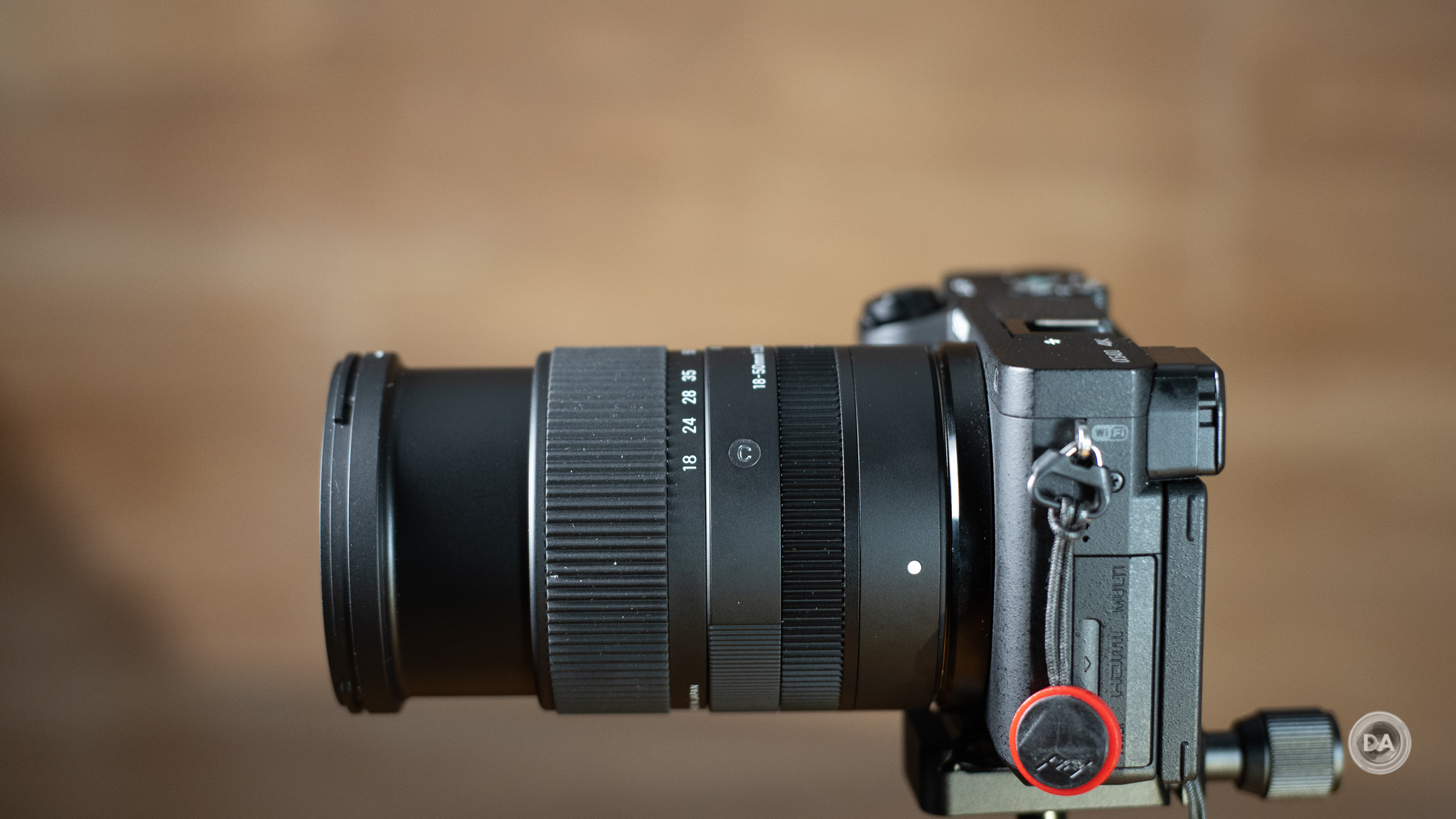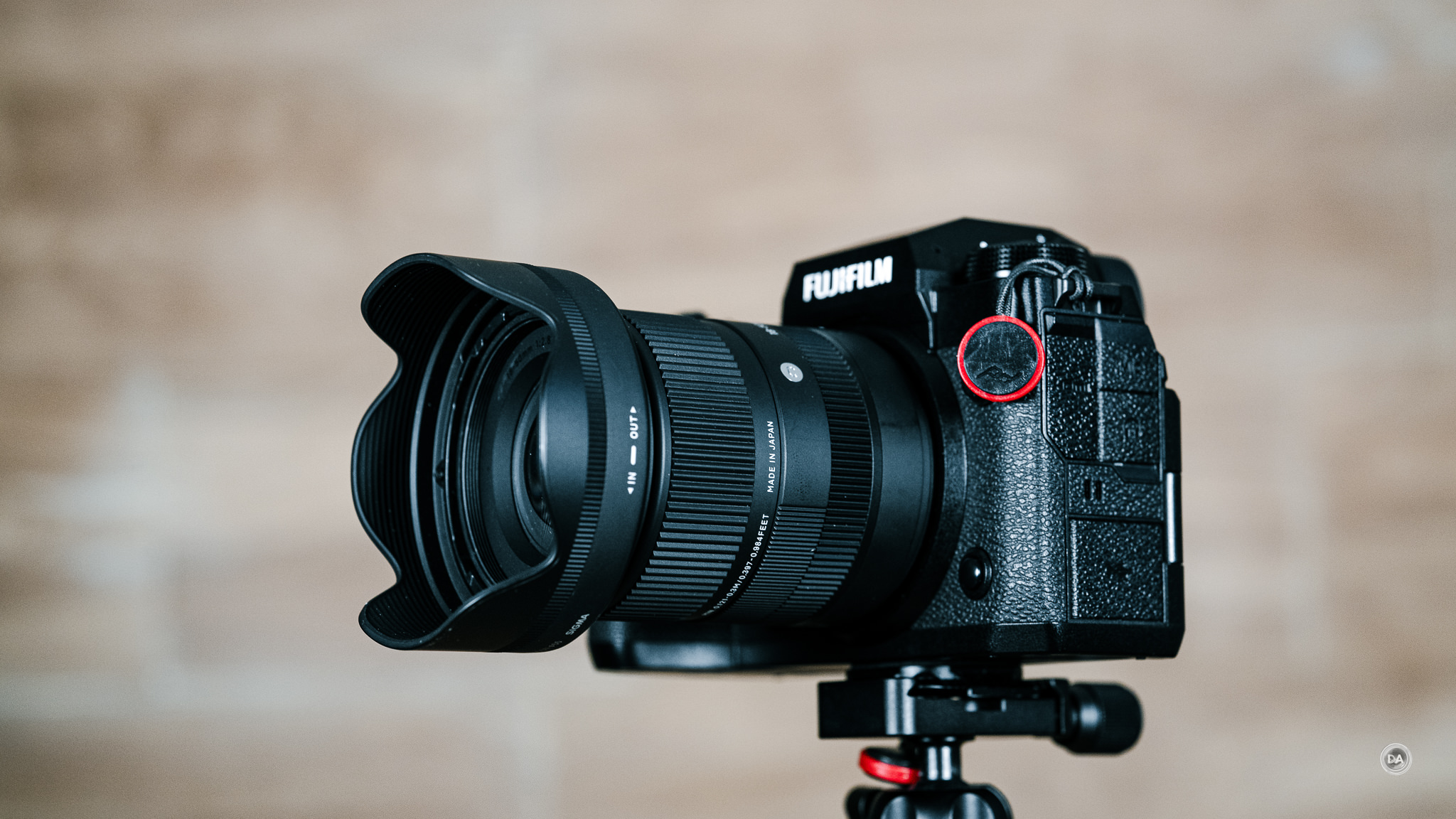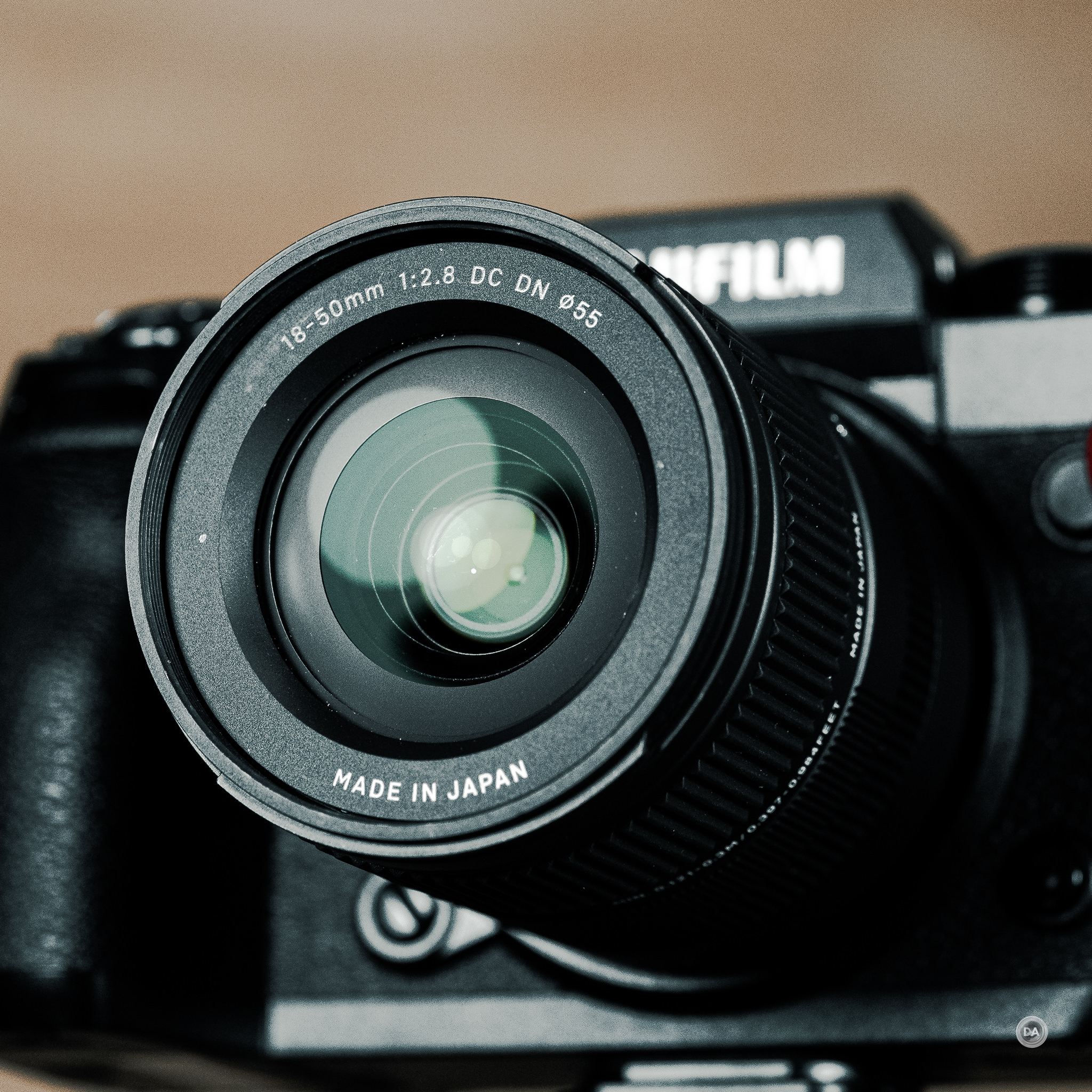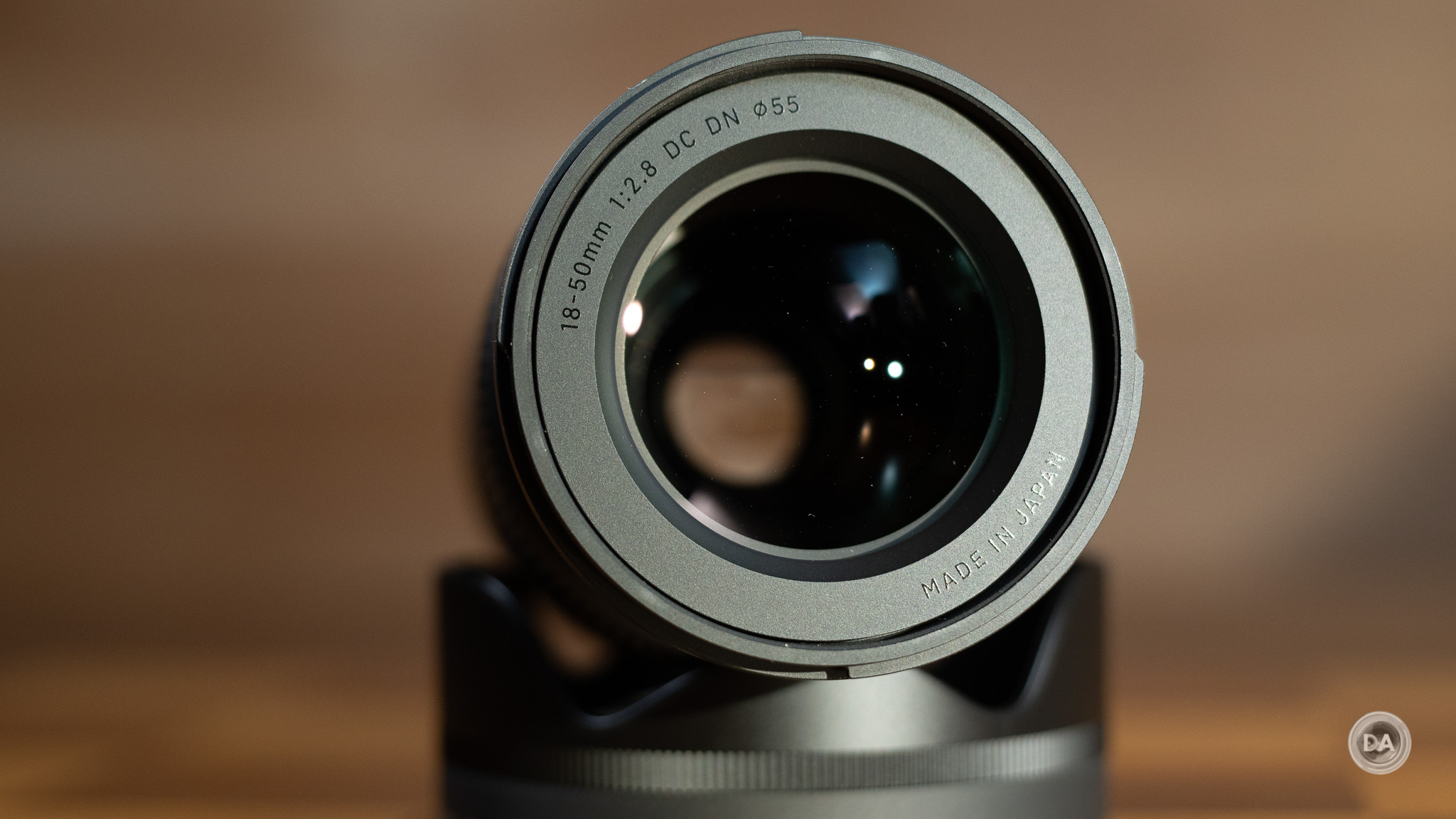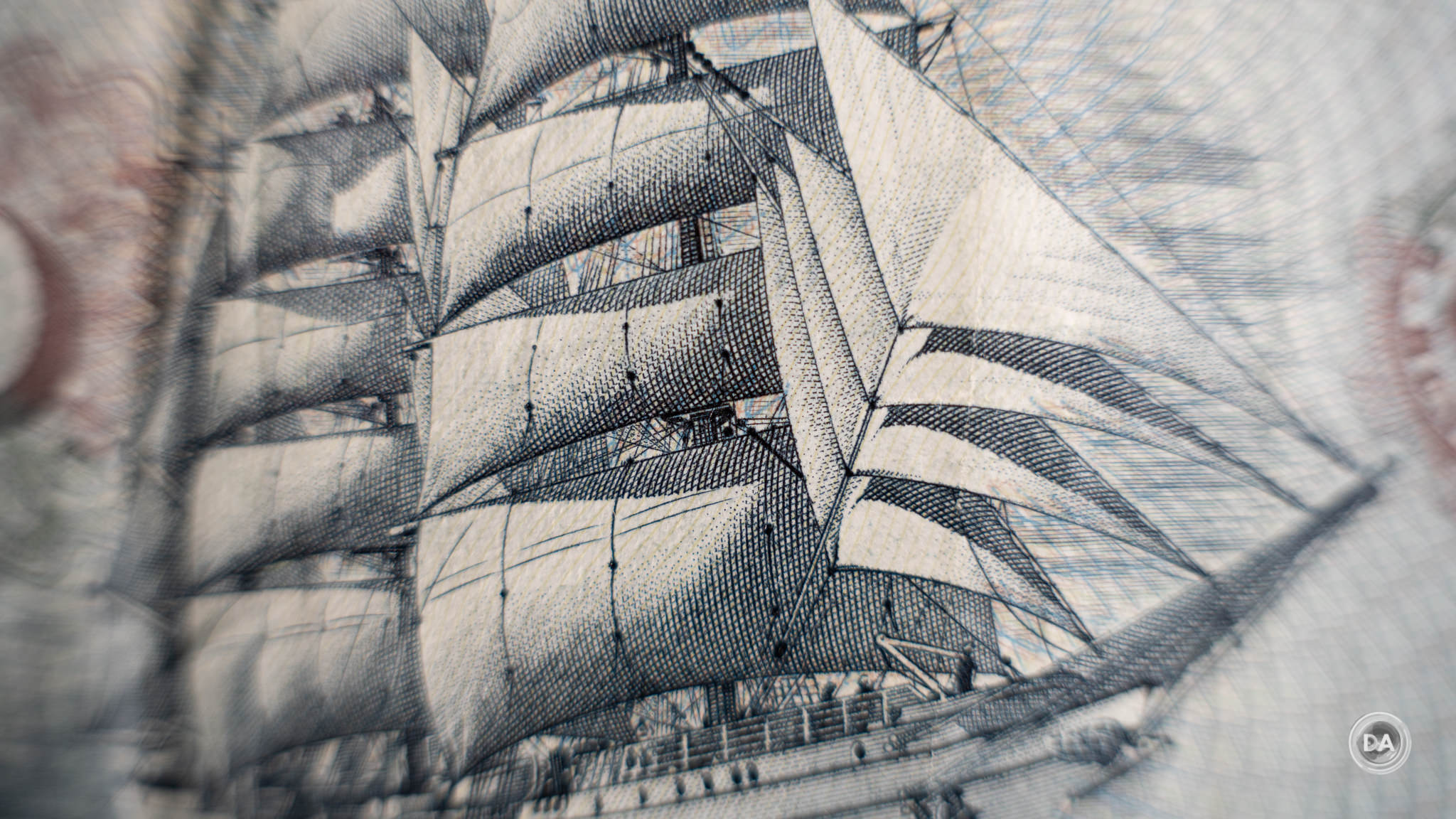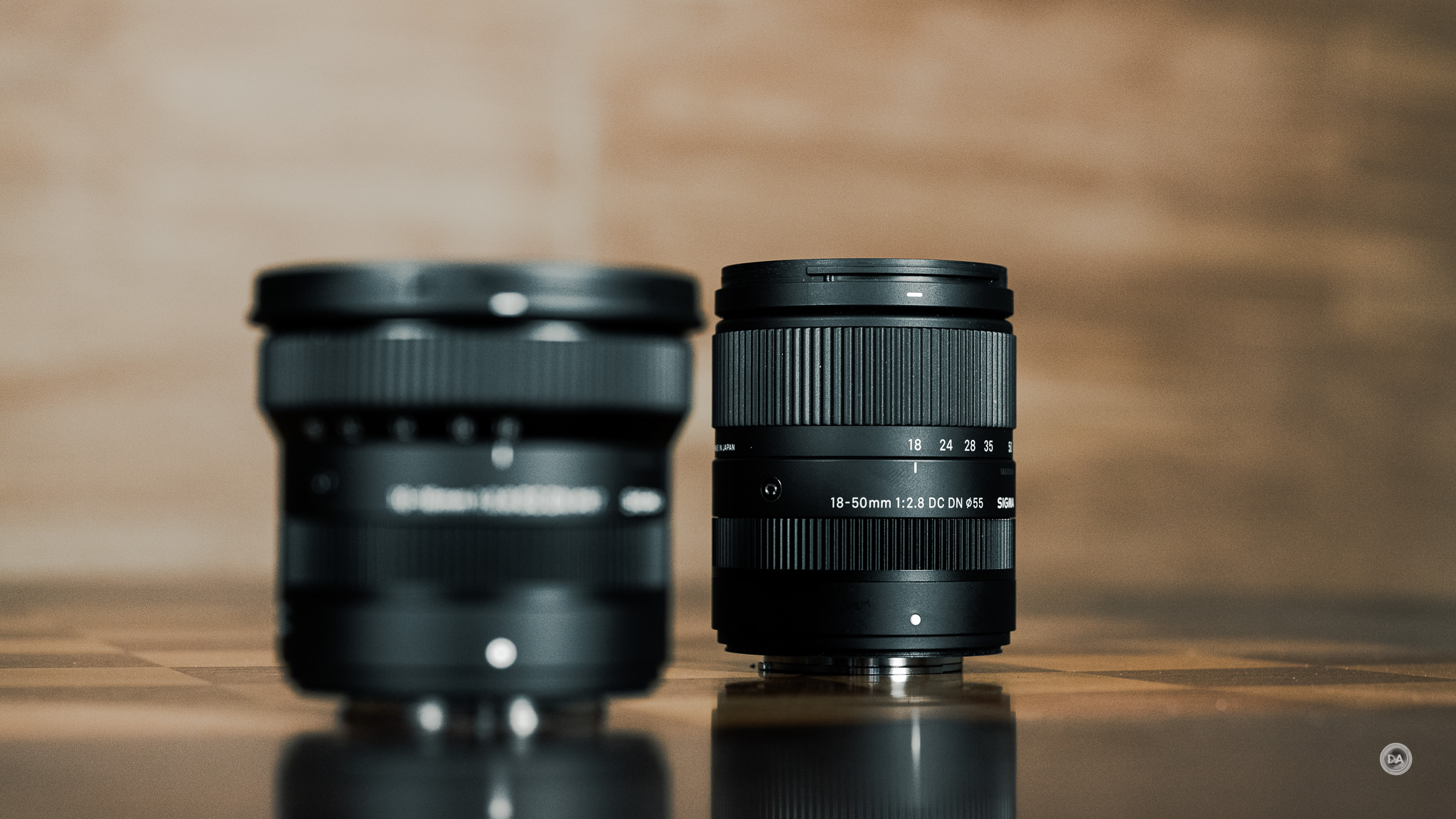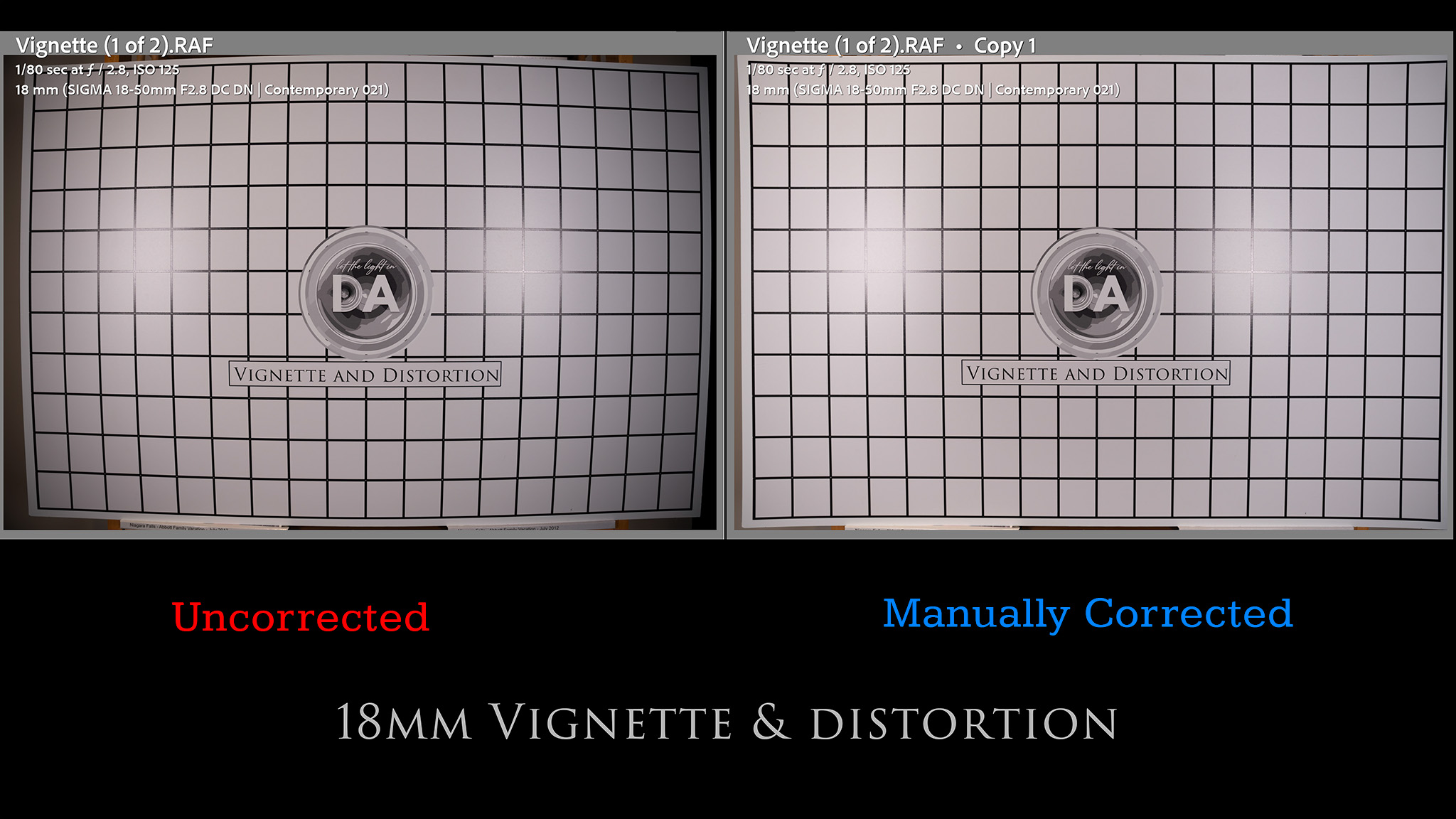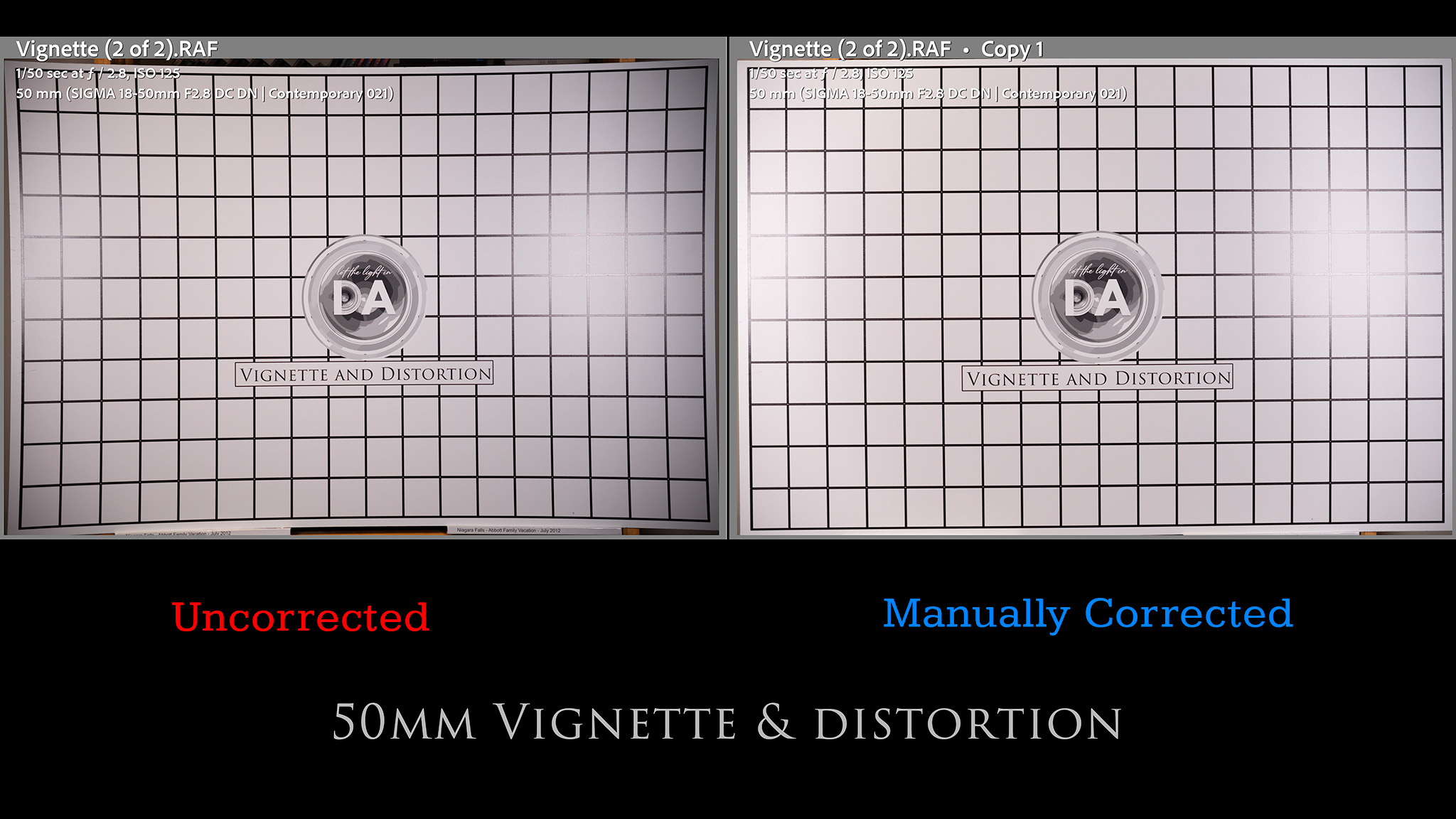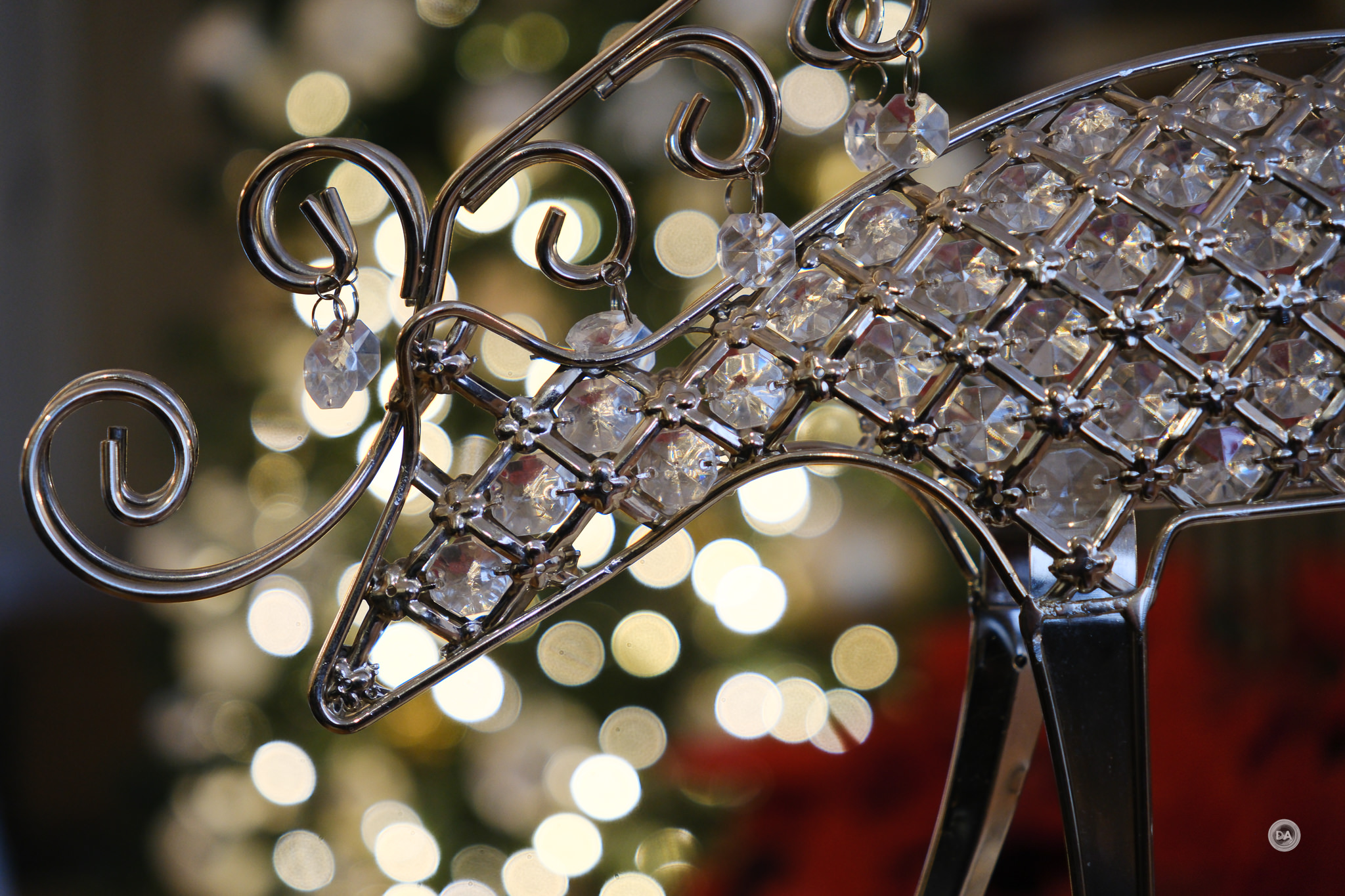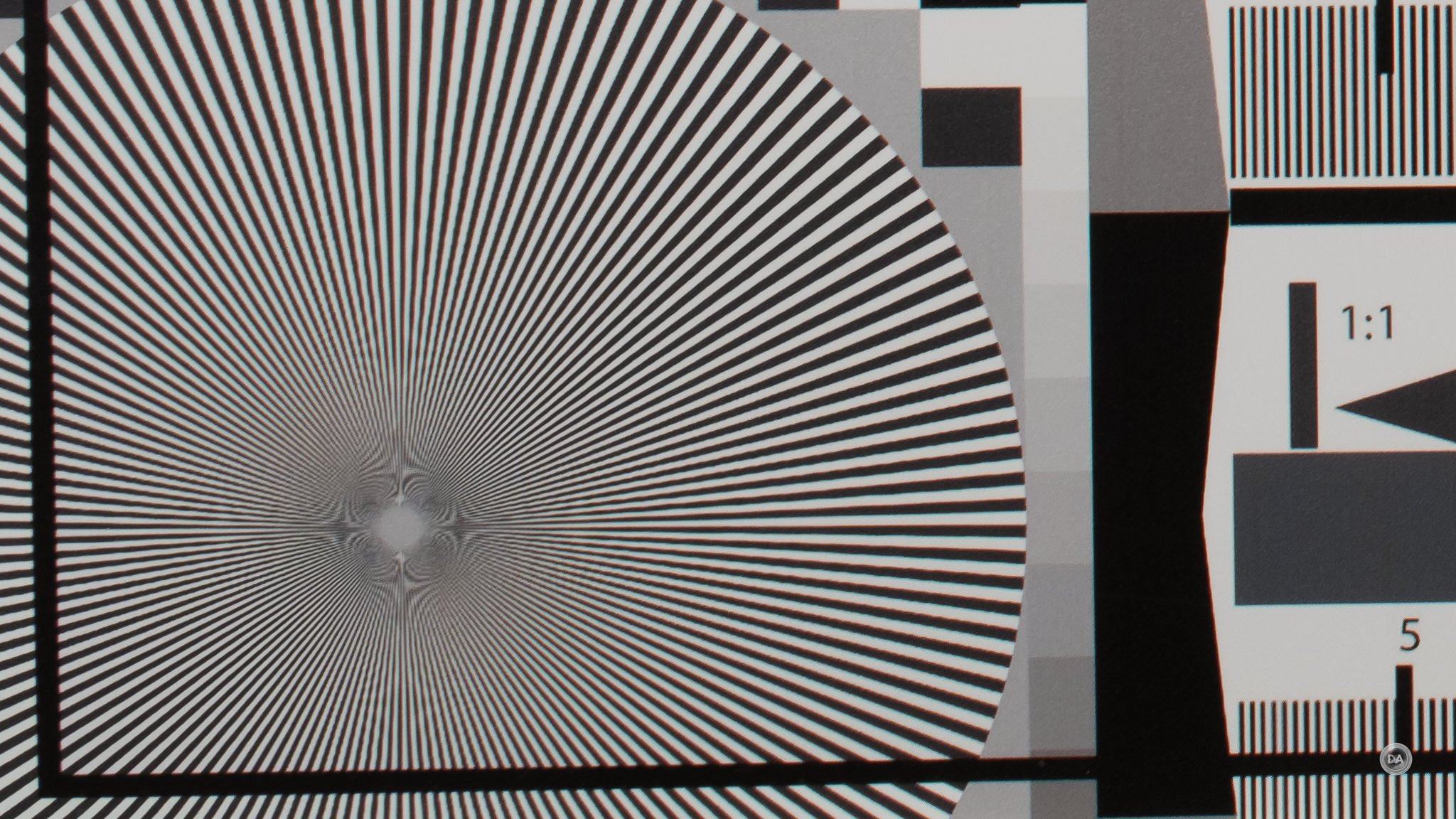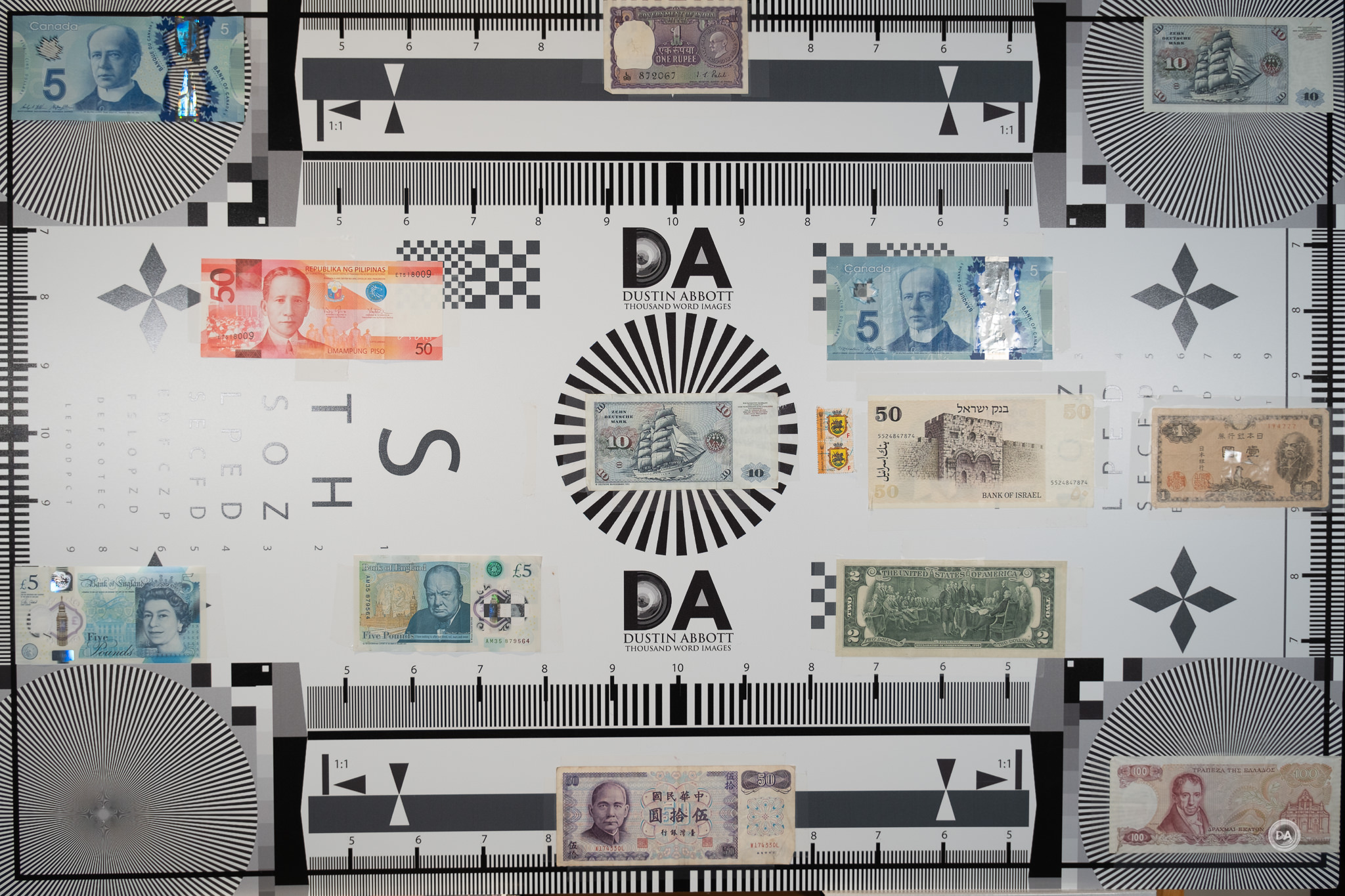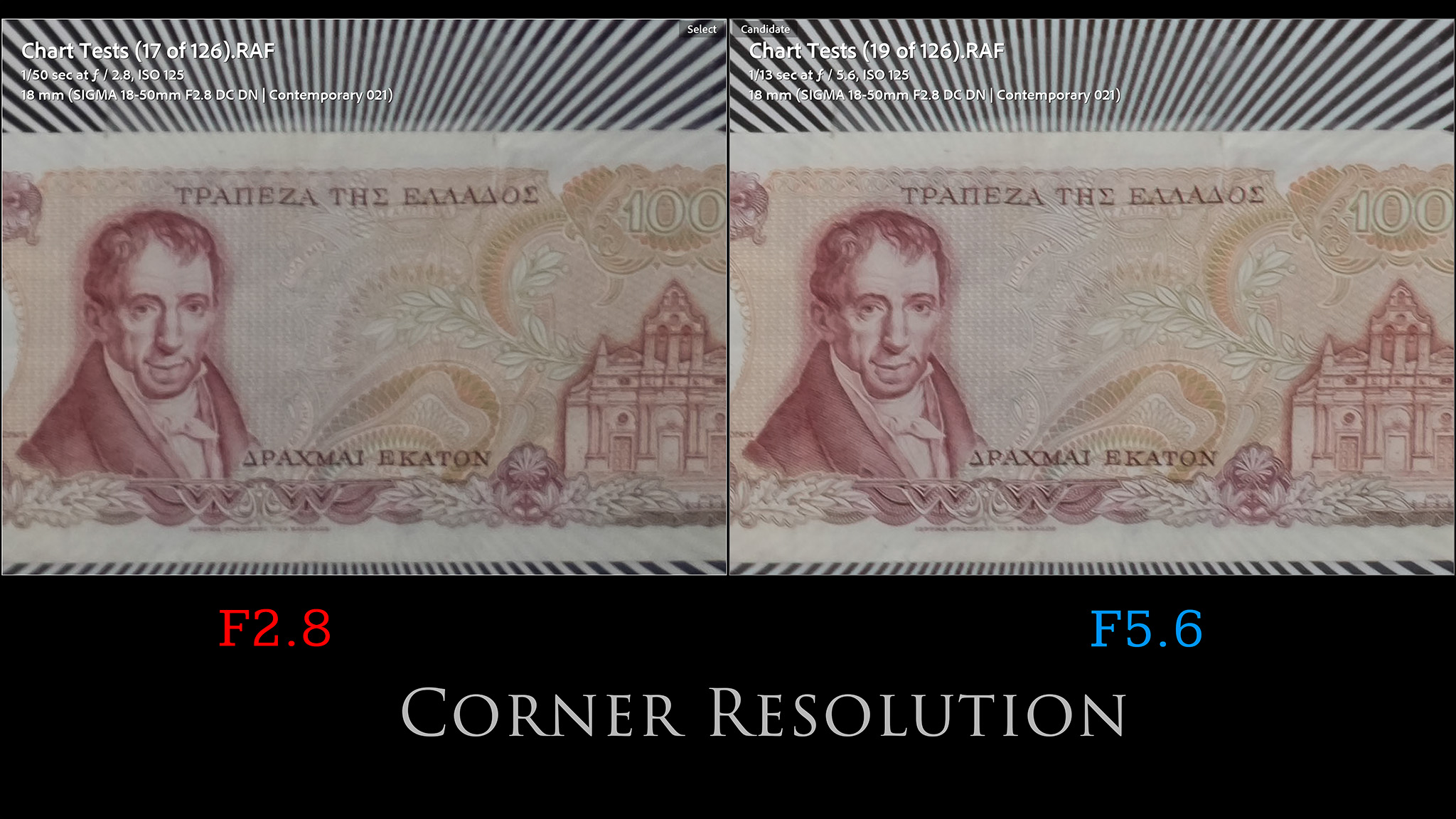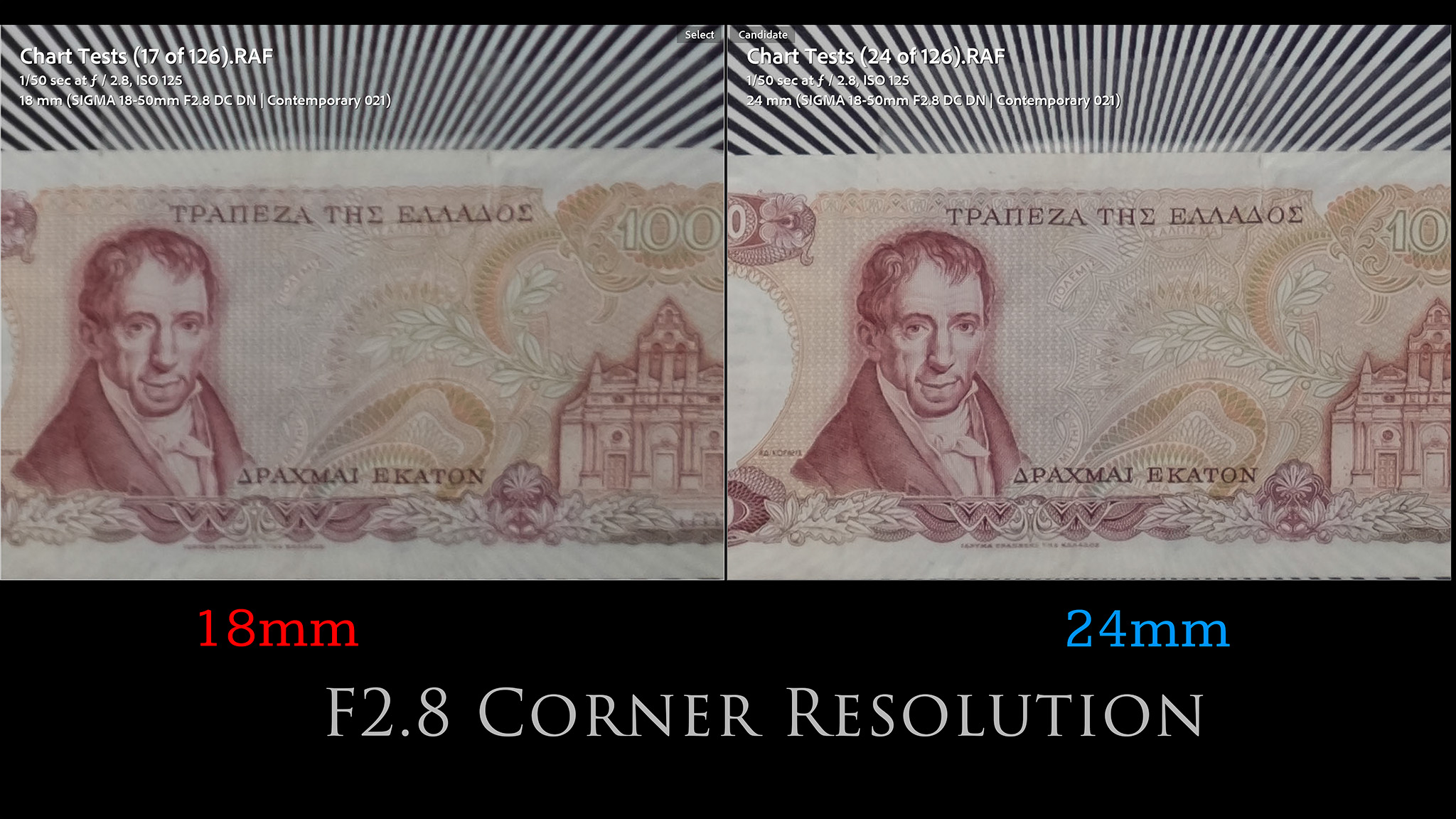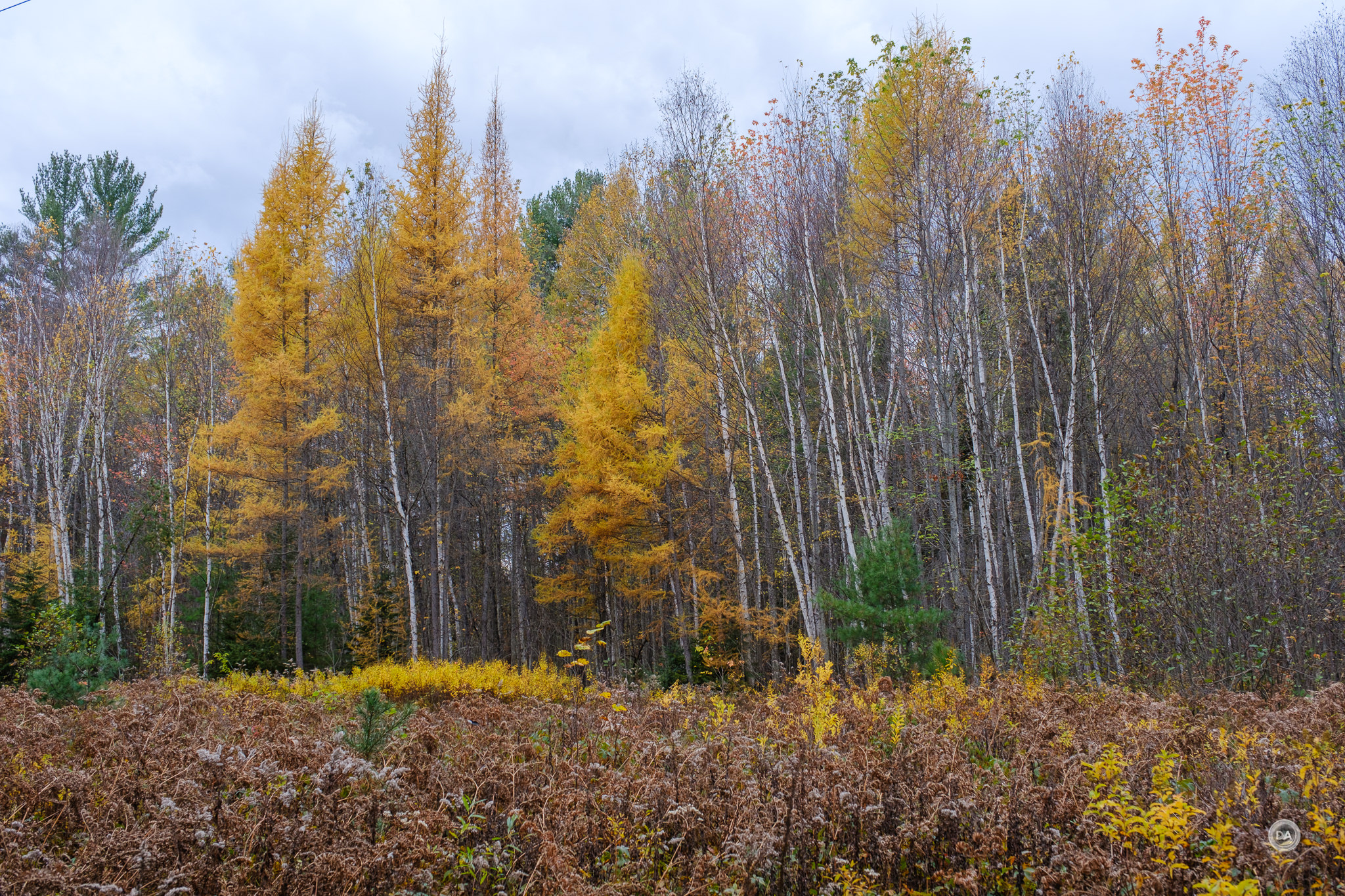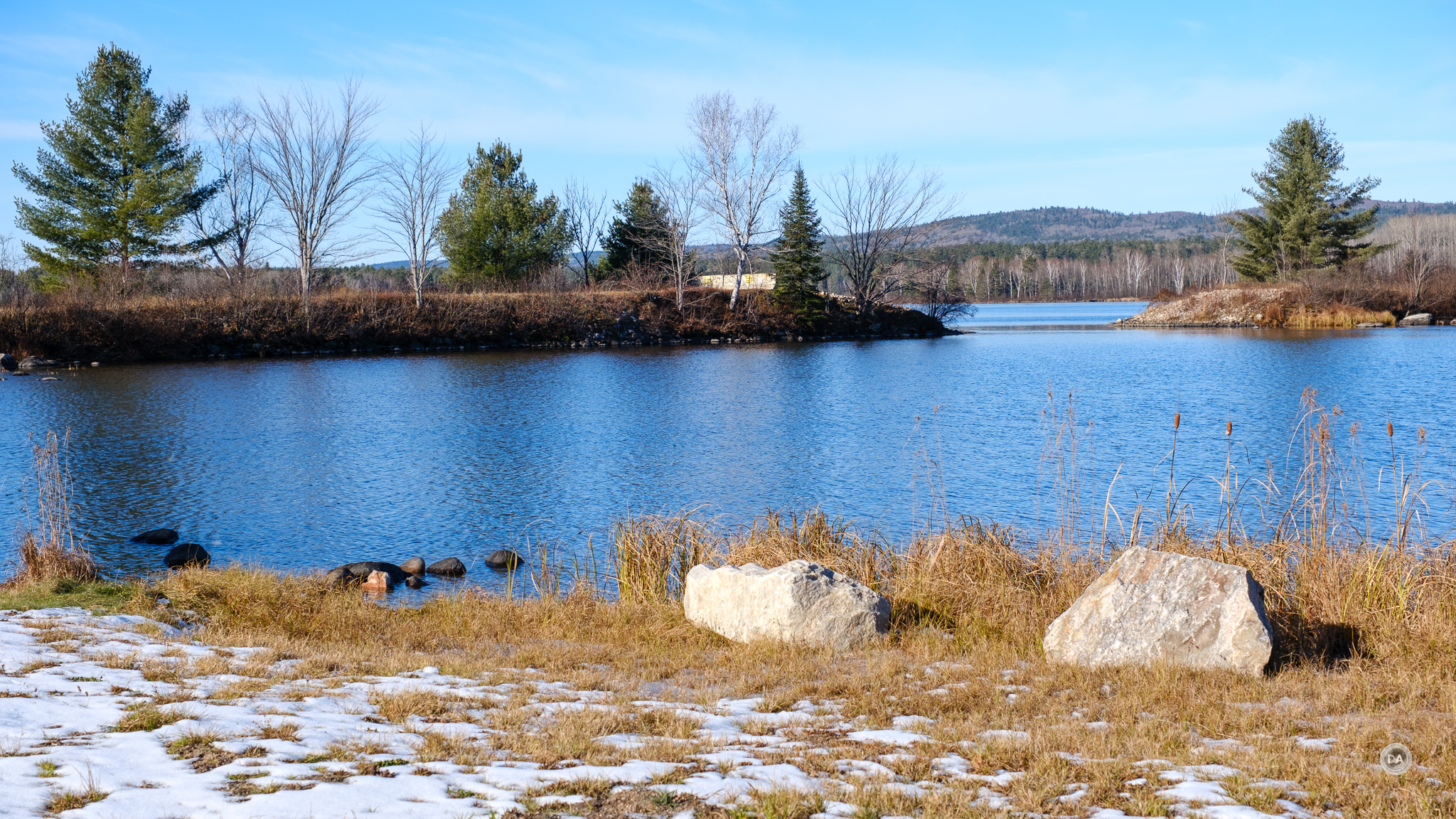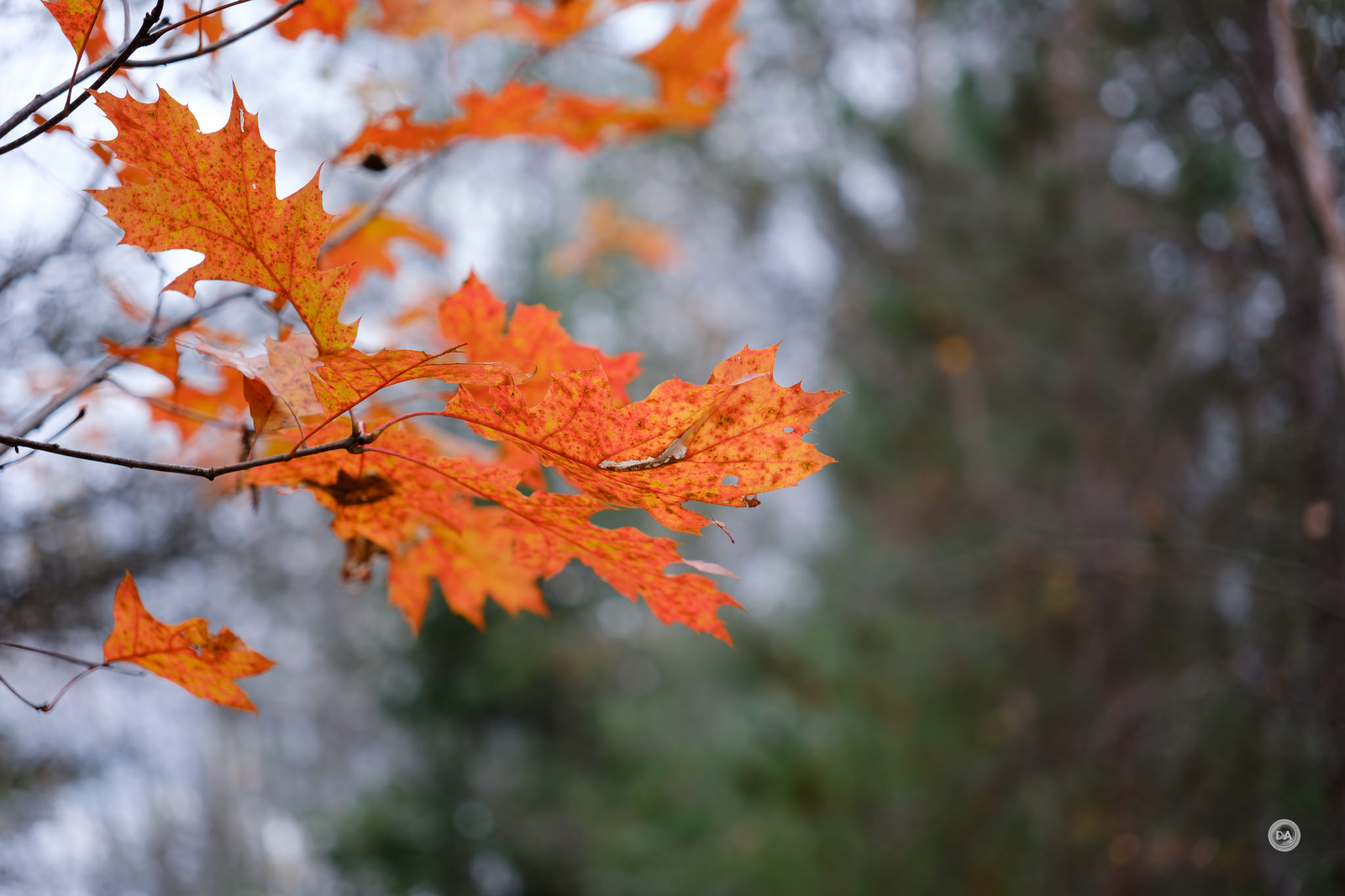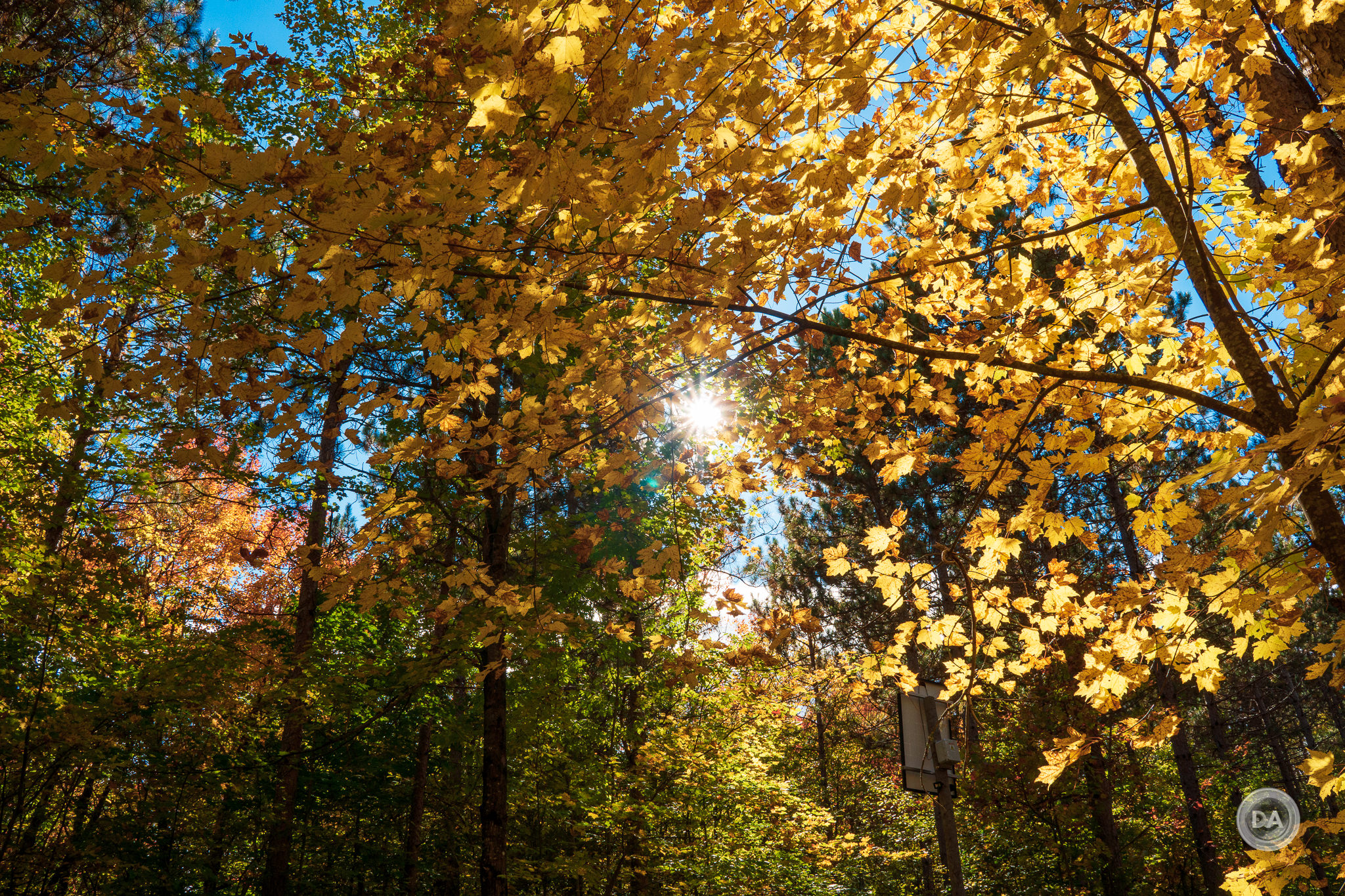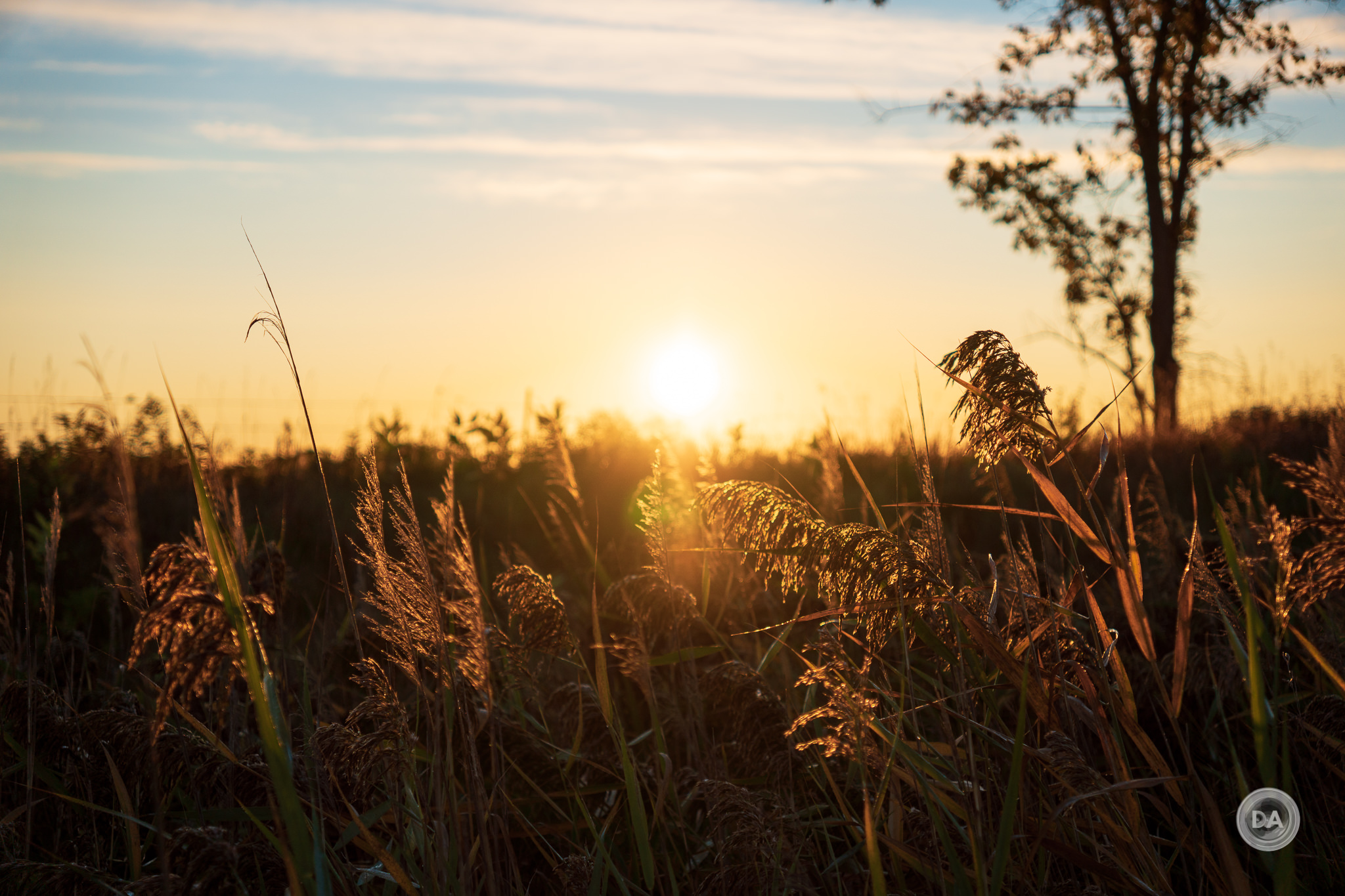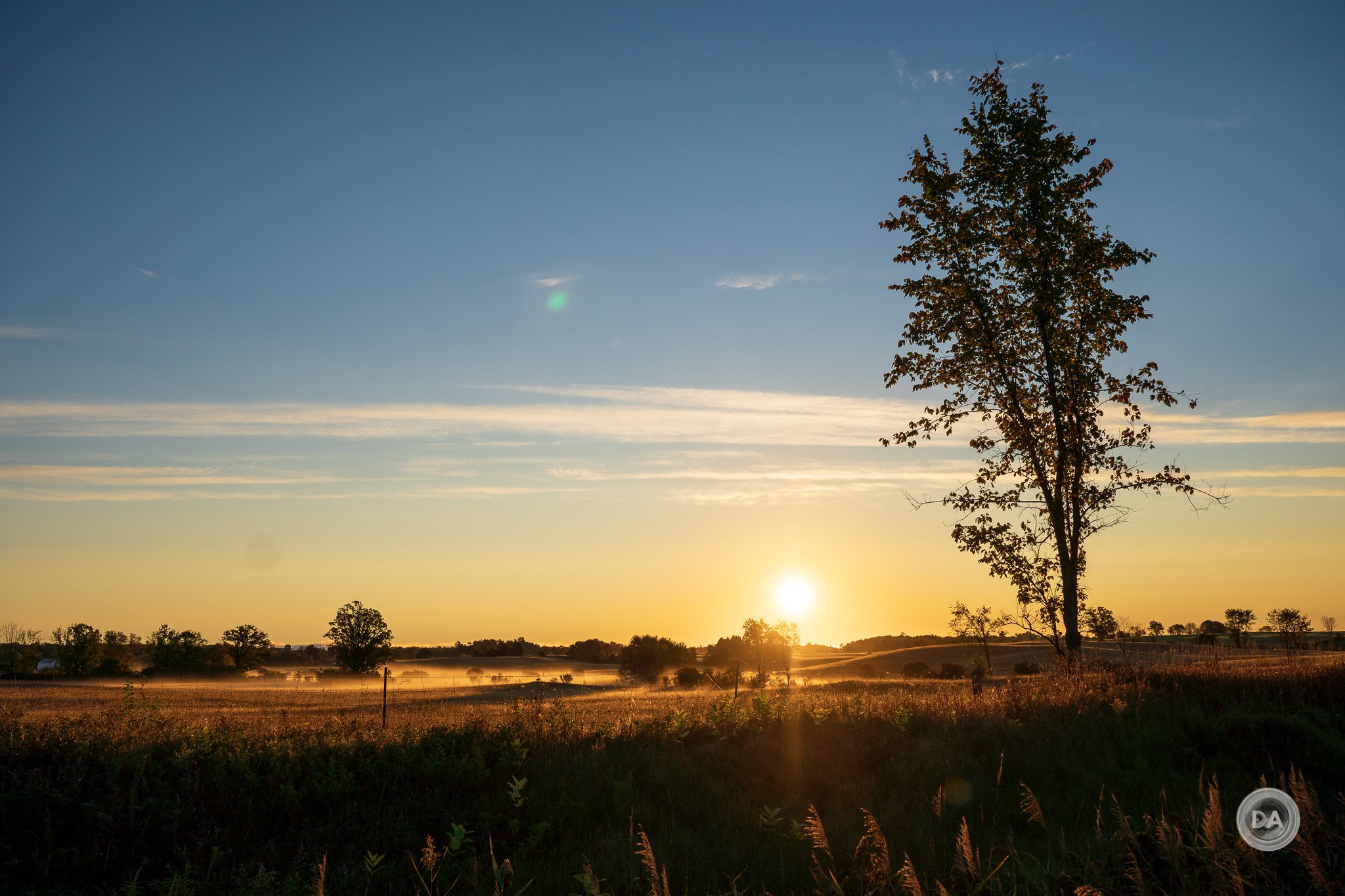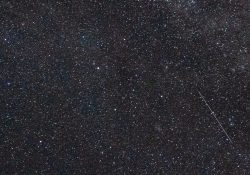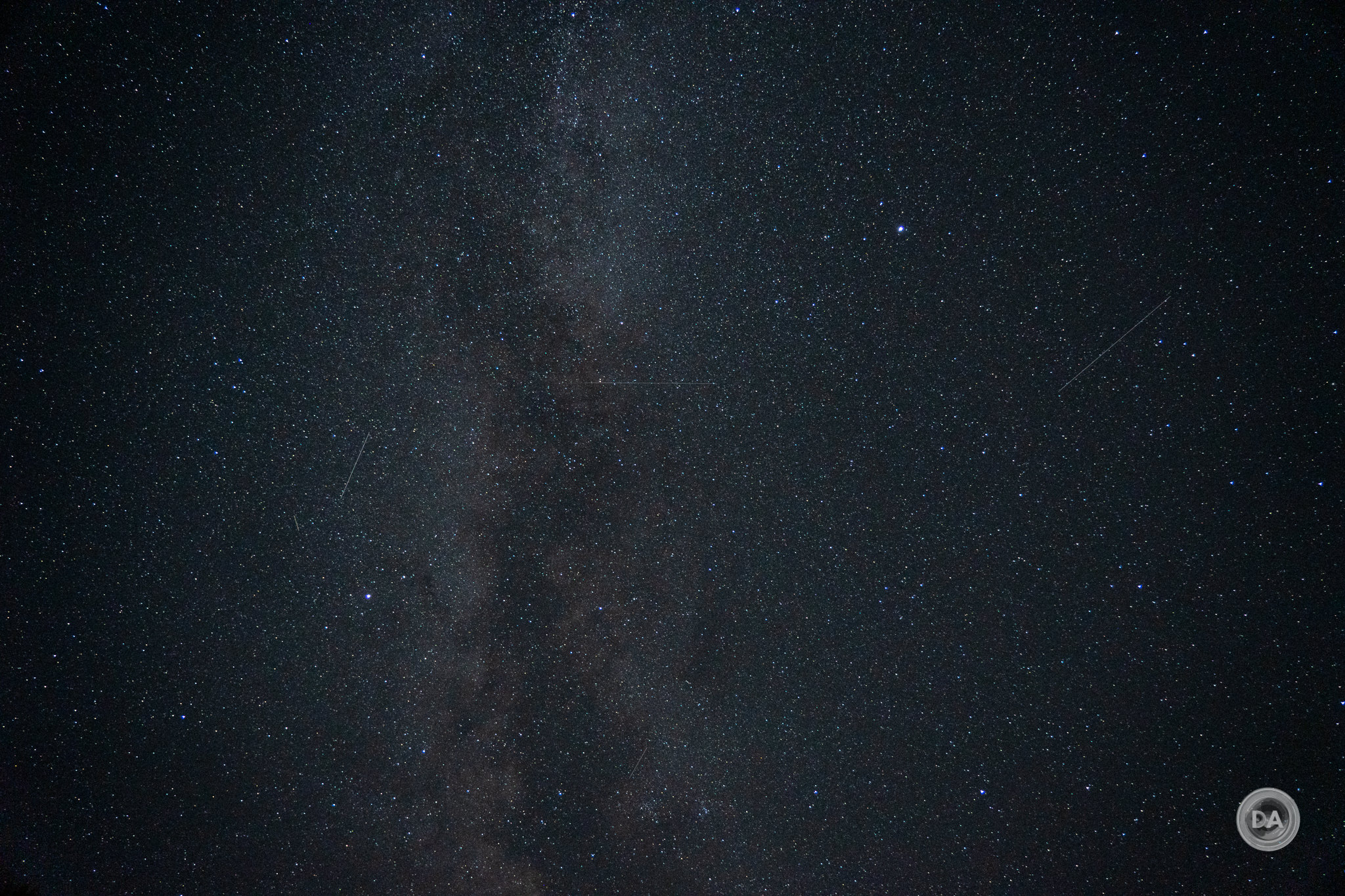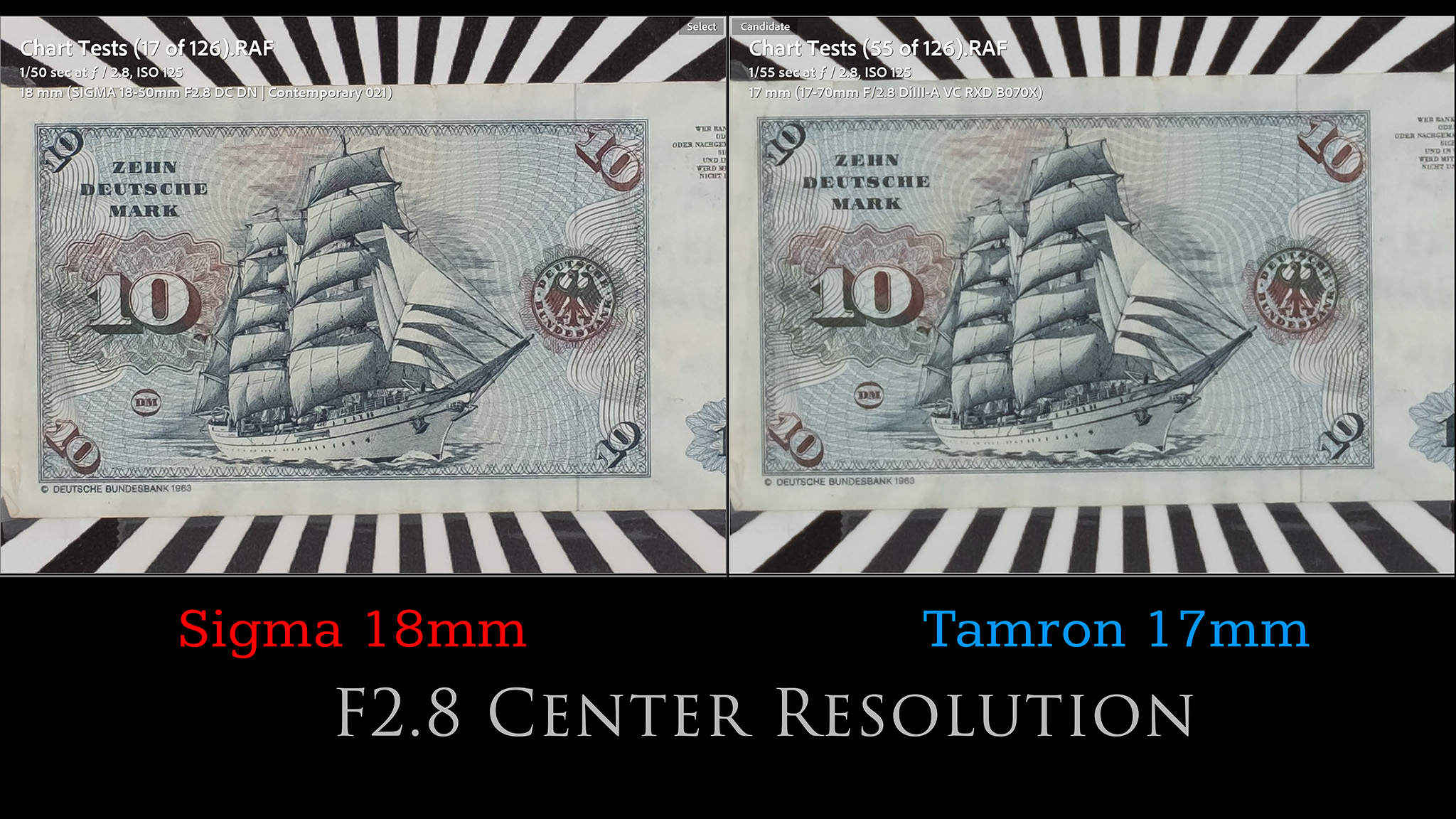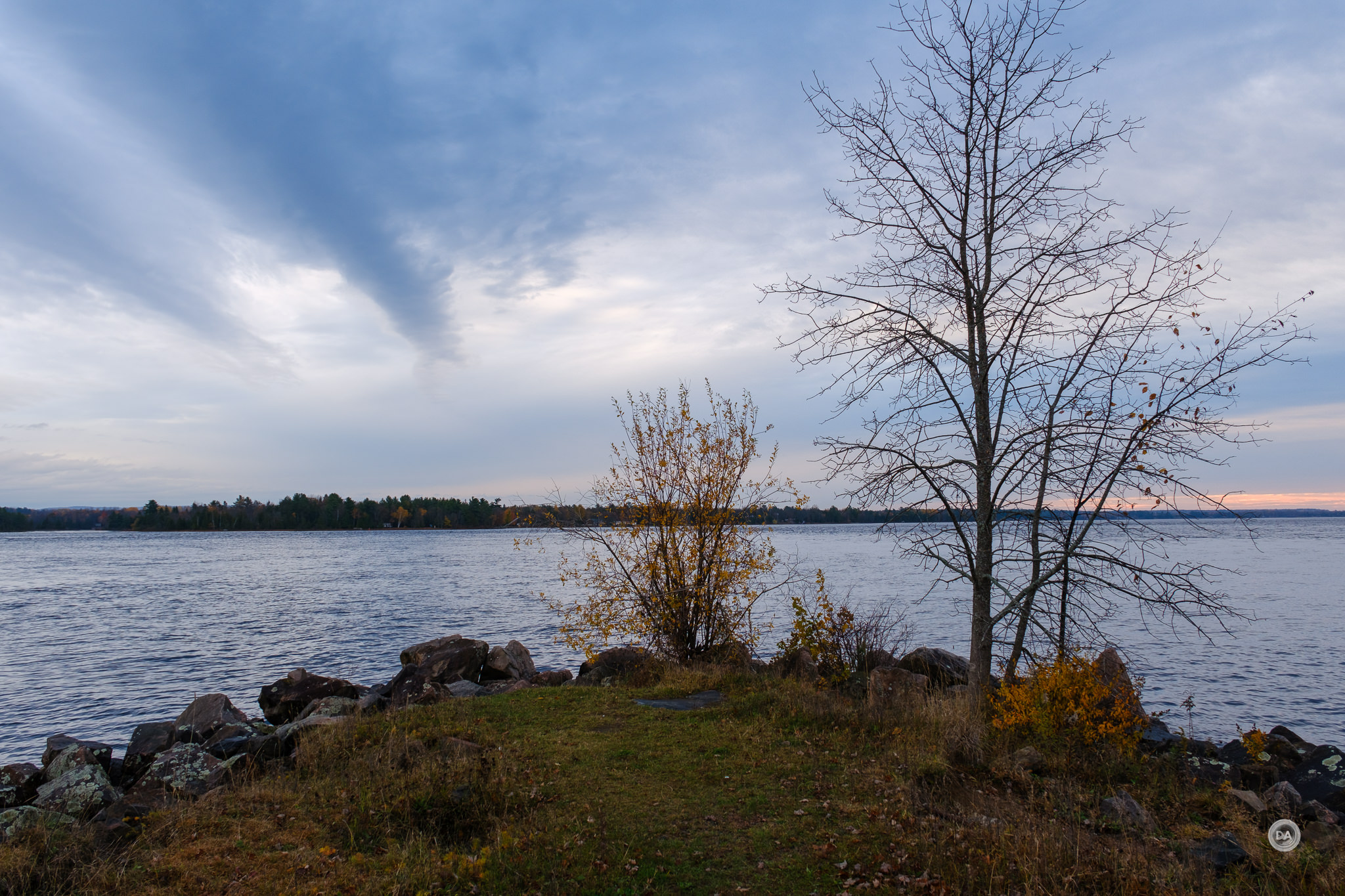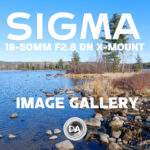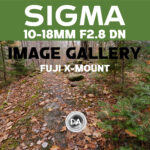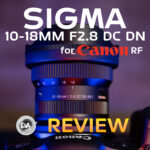I received Sigma’s first APS-C specific zoom lens for mirrorless cameras (the Sigma 18-50mm F2.8 DC DN) back in October of 2021. At that stage the Fujifilm X-mount was closed to most third party development, so the lens was released only on Sony E-mount and Leica L-mount. That started to change in 2022, so Sigma has been slowly rereleasing some of its DN (Sigma’s designation for mirrorless designs) lenses on Fuji’s X-mount. I’ve considered this move worthy of a second look at many of these lenses because of two reasons. The first is that the competition is quite different on Fuji than it is on Sony, with more (and more premium) options as Fuji has been solely focused on APS-C rather than investing most of its energy on full frame. The second is that Fuji has the industries highest resolution APS-C sensor, the 40MP X-Trans monster found in cameras like the X-H2 that I’m doing this review on. That creates a very different optical challenge for lenses than the 24MP Sony sensor I did that review on. How does the Sigma 18-50X (as we’ll call it here) handle these new challenges? You can find my thoughts in the video review below…or just keep reading.
Follow Me @ YouTube | Patreon | Instagram | Facebook | DA Merchandise | Flickr | 500px
Thanks to Gentec (Sigma’ distributer in Canada) for sending me a review loaner of this lens. As always, this is a completely independent review. *The tests and most of the photos that I share as a part of my review cycle have been done on the 40MP Fujifilm X-H2 that I reviewed here.
__________________________________________________________________________________________________
This review of the 18-50X is not a whole new review, but rather an update on how it compares to the competition on Fuji along with reviews of the autofocus and sensor performance on this new platform.
The 18-50x is one of six lenses released by Sigma for APS-C mirrorless now, and all of these lenses are now available on Fuji. You can click on any of the list to see my reviews. Here’s a look at the DC (APS-C) DN (mirrorless) lineup thus far.
- Sigma 16mm F1.4
- Sigma 23mm F1.4
- Sigma 30mm F1.4
- Sigma 56mm F1.4
- Sigma 10-18mm F2.8
- Sigma 18-50mm F2.8
Sigma’s DC DN lenses have all fallen under the umbrella of their Contemporary lineup, and while Sigma has proven willing to experiment with new features and design elements within the ART and Sport lineups, the Contemporary lenses have all stuck to a fairly rigid design formula. That continues to be the case here, so this little zoom mostly looks and handles pretty similarly to other lenses in the lineup.
On Fuji there are three primary competitors: the Tamron 17-70mm F2.8 VC RXD (the lone shared competitor from Sony), the Fujifilm XF 16-55mm F2.8 R LM, and the “kit lens” Fujifilm XF 18-55mm F2.8-4 LM OIS lens. The weaknesses of the 18-50X compared to this field are 1) a smaller zoom range than any of the competing lenses 2) No image stabilization (the Tamron and Fuji 18-55mm have stabilization and 3) Fewer features than some competitors. The Sigma strengths are 1) Cheapest price 2) Smallest size and lowest weight 3) Higher magnification than any competing lenses. Here’s a breakdown of the specs by comparison:
We’ll explore those differences a little further in the build and handling section below.
This is an extremely useful range, allowing you to go from moderately wide angle (27mm full frame equivalent) to short telephoto (75mm equivalent). Here’s a look at a scene from the various marked positions on the zoom range (18, 24, 38, 35, and 50mm):





The Sigma 10-18mm F2.8 DC DN carries a price tag of $599 USD. Should this lens jump to the top of your list when you are looking for a wide angle zoom lens for your camera? Here’s the original review for more information.
Sigma 18-50mm X-Mount Build and Handling
All of Sigma’s DC DN lenses (DC = APS-C, DN = mirrorless design) fall into Sigma’s “Contemporary” line, a designator that I’ve complained for years is pretty much meaningless (aren’t ALL new lenses “Contemporary”?) At one point it meant “cheaper” in build and price, but Sigma’s recent iSeries lenses falls under the Contemporary line, and they are beautifully made. The 18-50DN falls somewhere in the middle; it has a nice degree of build including some basic weather sealing, but is rather short on features. It has no Optical Stabilization (Tamron 17-70mm and Fuji 18-55mm do), no aperture ring (both Fuji lenses have this), but despite this the 18-50X feels very nicely made and everything that is here is nicely executed.
The most compelling advantage for Sigma in the Fuji space is the simple fact that the 18-50X is easily the smallest and lightest competitor in this space. The 18-55mm is not far off, but it also doesn’t have a constant aperture of F2.8. It starts at F2.8 at 18mm, but by 23mm it has closed to F3.2, then by 35mm it is F3.5, and by 55mm it is only F4. For the true F2.8 competitors the Sigma is dramatically smaller and lighter. The Sigma clocks in at just 61.6mm in diameter and 76.8mm in length (2.4 x 3”) and weighs just 285g (10.1oz). The Tamron? It is 74.6 x 119.3mm (2.9 x 4.7”) and weighs 525g (1.2lb). If you put the lenses side by side the Tamron looks about twice the size of the Sigma.
The Fuji 16-55mm F2.8 isn’t quite as long as the Tamron, but it is wider and heavier than any of them. It is F2.8 83.3 x 106mm (3.28 x 4.17”) and weighs 655g (1.44lb). The Sigma 18-50X may not have a lot of bells and whistles, but the extremely compact size and light weight relative to the competition has to be considered a major feature in and of itself.
Other than the difference in the mount itself, the rest of the physical design is identical to the E-mount version I tested a few years ago. The 18-50X is a mixture of metals and “thermal composites” (high grade engineered plastics) in construction, and the construction feels quality in the hand. It is built around a metal mount.
There is a weather sealing gasket at the lens mount, but, like other Contemporary lenses, there are no internal seal points. This is a disadvantage when comparing to the three competing zooms, as all of them do have complete weather sealing.
The only thing on the barrel is the focus and zoom rings. The closest to the lens mount is is the focus ring, which is fairly narrow (10mm), ribbed, and moves smoothly. It is has light damping and doesn’t have a lot of feel, but it gets the job done without any observable issues.
The second ring is the wider (20mm) of the two, and it is the zoom ring. The zoom action is very smooth, with a single inner barrel that extends about 25mm. The inner barrel is well engineered and without any wobble.
Also included is a fairly shallow petal-shaped lens hood. It has a ribbed texture section to help you grip it for removal and will reverse for storage.
There are seven rounded aperture blades inside, and these do a reasonably good job of maintaining a circular shape with the lens stopped down.
A look at the front of the lens shows a 55mm front filter thread along with a significant amount of glass inside; this is the huge advantage over a kit type lens with a much smaller maximum aperture value.
Like many recent zoom lenses, there is a separate minimum focus distance for wide angle (18mm) and telephoto (50mm), with interim focal lengths being on a sliding scale between them. The highest magnification (as per usual) is at the 18mm end, where you can focus as close as 121mm. Only one problem – when the lens is mounted on the camera, the distance from the sensor to the end of the lens (without the lens hood) is 95mm, leaving only 26mm of working distance between you and your subject. Here’s what that looks like:
It is basically unusable, as even without the lens hood it is almost impossible for the lens to not be shading your subject. If you add the lens hood, you actually exceed that minimum focus distance. So, in theory, you can achieve a maximum magnification of nearly 0.36x, but you are unlikely to ever achieve that in the field. Here’s what that looks like if you were able to achieve it:
You’ll see a lot of field curvature and a very small sweet spot of focus/sharpness. My advice: back up a little and get much nicer results with more like magnification in the high 20s instead.
The telephoto end doesn’t market as well, but is much more useful. You can focus as closely 30cm there, but the resulting magnification of 0.20x is much more easily attainable.
The wide open sharpness and contrast there is not off the charts, but is good enough to produce nice real-world results like this:
There is no optical stabilization on the lens, unfortunately. I tested the lens on on the X-H2, which does have good IBIS (in body image stabilization), so I didn’t miss it as much, though I will note that video footage was a little shakier than I expected.
I would say that the single biggest distinguishing factor here is the compact size of the 18-50DN. This sets it apart from competitors in a way it obviously doesn’t achieve with unique features. It’s a nicely made little lens that follows a familiar, well-executed Sigma formula.
Autofocus and Video
Sigma continues to utilize a stepping focus motor (STM) in these smaller lenses as the elements are smaller and lighter than lenses and don’t require the higher torque that some of their large aperture full frame or sports oriented lenses. My experience with all of the Sigma DN lenses to date has been that I prefer their autofocus behavior on Sony than on Fuji, and that continues to be the case here. To be fair, however, a large part of that is that I prefer Sony’s approach to autofocus on their cameras, and that obviously impacts the performance of a lens.
The 18-50X does a good job of making the transition to Fuji, however. The STM motor provides fast, quiet, and accurate autofocus. Eye detection works well, and I was able to get nice “people” photos with quick and easy autofocus.
It’s also worth noting that on a few occasions I handed the camera and lens off to a person not at all familiar with either modern cameras or Fuji controls as I needed to be in some photos, and the photos were all focused just fine because the combination essentially works like a point and shoot.
I got well focused results when I took some photos of Nala (working hard).


Even without a trackable subject in frame I was able to get good focus. In my various hikes with the lens I was able to focus with precision even on narrow subjects.
I’ve got zero complaints about the autofocus for stills; I got a lot of well focused results without any drama.
On the video front my findings were mostly good, though not quite as flawless as on Sony. My autofocus focus pulls test showed that there is sufficient speed to make focus transitions, but there is a common problem on Fuji – the autofocus confidence just isn’t as high. The focus pulls themselves go fast, but then there is a little bit of hunting and settling before focus locks on the new subject.
On a positive note focus breathing is fairly low.
My “hand test” (where I block the view of my face with my hand and then move the hand to allow focus to pop back to the eye) went fairly well. I saw less hunting in that scenario, and focus moved and locked with more confidence. This doesn’t surprise me at all, as Fuji has been operating with the same basic focus system for years, but have upgraded it in this last generation of cameras through AI tracking. When modern Fuji cameras have a trackable subject in the frame (something the AI processor is programmed to detect), autofocus works quite well. It works less well when there isn’t a readily identifiable and trackable subject.
Another troubling video issue was that when zooming there was a clear focus readjustment about every 10mm of zoom in or out. I also saw period readjustments of focus even during still/static shots where no focus changes were even necessary.
This is not a great video lens unless you solely plan on shooting “trackable subjects” that the AI tracking can cover.
Focus is great for stills, but somewhat mediocre for video.
Sigma 18-50X Optical Performance
Sigma has given the 18-50mm F2.8 DN an optical design of 13 elements in 10 groups, and this includes 1 SLD element and 3 Aspherical elements. The MTF charts show a good performance in the center of the frame, fairly strong mid-frame results, and a dip into the corners.


As noted in the intro, however, the Fuji 40MP X-Trans brings a whole new level of challenge for lenses. Only a very small handful of lenses have fully resolved this sensor in my tests, and the 18-50X does not emerge fully unscathed. But neither does it embarrass itself, particularly relative to the competition. It has no problem producing beautiful images.
We’ll start by taking a look at distortion and vignette. Distortion is essentially identical to what I saw on Sony, with some strong barrel distortion at 18mm.
While Sigma lenses do receive good correction profile support on Fuji, I turn off those corrections and do a manual correction so that I can see what’s being compensated for. I used a +24 to correct for the barrel distortion, but you can see that there is a mild mustache pattern left over.
I’ve observed a definite trend as more third party lenses are being brought over to X-mount. Lenses exhibit much more vignette on Fuji than they do on Sony. I can only guess it has something to do with the different mount diameter, as in theory the lenses are otherwise the same. I had to use a +52 to correction vignette at 18mm on Sony. On Fuji? A whopping +92! The good news is that the profile correction does a good job with both distortion and vignette. This F2.8 image has received no addition correction, but you can see that there is no visible shading on the snow.
As you progress through the zoom range the distortion starts to invert and eventually becomes a pincushion style distortion that is more strongly pronounced at 50mm.
I needed to dial in a -11 to correct the pincushion distortion, though it was nice and linear and cleaned up well. Vignette remains heavy, however, requiring a +88 to correction (again, about +40 more than on Sony).
There are longitudinal chromatic aberrations (LoCA), but they aren’t particularly strong. I mostly see them in the form of a blue-green fringing after the plane of focus:


You will see a light fringing around specular highlights as well:
Likewise there is a bit of lateral chromatic aberrations (LaCA) that show up near the edges of the frame. You can see them in the transitions from black to white.
The LaCA is easy to clear up by clicking the “Remove Chromatic Aberrations” button in software or in camera for JPEGs or video.
Chromatic aberrations are a little more visible at a pixel level on high resolution cameras for the simple reason that the fringing occupies more pixels and gets more highly magnified at a pixel level, but they aren’t any more obvious when viewing the image as a whole.
So how about the main event? High resolution cameras also expose any lack of contrast or a lens’ inability to resolve fine details because those flaws are more highly magnified. Here’s a look at our test chart.
Here is a closer look at roughly 180% crops from the center, mid-frame, and lower right corner at 18mm, F2.8:



The center looks great, the mid-frame acceptable sharp, but the corner looks quite low contrast. Stopping down to F4 provides a little more contrast and detail, and F5.6 looks better still, but the corners never get exceptionally sharp.
Real world images look great in the center and mid-frame, but the corners don’t look as crisp.
F8 is a lateral move (not really any sharper than F5.6) due to diffraction starting to soften the image (diffraction comes very early on a high resolution body). After F8 the image will show more obvious softening, and by the minimum aperture of F22 the image looks very soft in my tests.
At 24mm the image shows improvement across the frame, but in particularly in the corners, which are radically sharper.
It’s easier to get sharp landscape images at 24mm due to the more consistent sharpness profile.
28mm is largely the same as 24mm, with a very consistent sharpness profile across the frame.
At 35mm there is a dip in contrast relative to the high water mark of 24-30mm.
Sharpness and contrast do improve if you stop the lens down, however, and by landscape apertures like F5.6 the results look good.
Things rebound a bit at 50mm, and, if they aren’t the peak of sharpness like 24mm, the results look quite good even at F2.8.
When stopped down the lens can produce very nice landscape images with strong contrast.
Here’s another 50mm that looks nice at F2.8, with a nice depth of field that highlights the subject. Contrast at a pixel level isn’t incredibly high, but viewed normally the image looks great.
The quality of the bokeh is mostly good. Zoom lenses like this rarely create the most creamy bokeh, and the Sigma 18-50X is no exception. At the same time, however, I felt like images looked pretty good. The bokeh here is actually really nice, particularly in the top half of the image.
This shot shows a bit of outlining in some of the defocused textures, which does detract a bit from the bokeh.
This shot is somewhere in between, but overall I feel like it looks pretty nice.
One final example at a little further distance. In some ways this image is a little more impressive, as background isn’t quite as out of focus. The 18-50X avoids any nervous looking textures in the transition zones, and there is a reasonable amount of 3D pop on the subject.
The look of sunbursts is nice but nothing special. The blades don’t have the distinction of straight blades, but it is nice enough to add a little extra touch to images.
Flare resistance was also fairly good, with only minimal ghosting artifacts showing up in real world images.
Contrast remained strong, however with only a bit of a flare pattern showing in some images.
I was able to test for astrophotography during my review of the E-mount version of the lens (mostly overcast during my review of the X-mount version), and found a bit of coma smear in the corners along with a bit of generalized fringing on the brightest points of light.
I was able to get nice looking Milky Way images with a lot of asteroid action, too.
Before closing this section, I think it is important to put the Sigma’s overall performance into perspective. The Tamron 17-70mm F2.8 is much larger, and yet it doesn’t really hold up better on the Fuji 40MP sensor. When I compared the two on the wide end, the Sigma clearly had the sharper center of the frame along with a slightly better mid-frame, though the Tamron showed a little better in the corner.
On the telephoto end there is some give and take, with the Sigma looking slightly sharper in the center and the Tamron looking a bit sharper in the corner. The Sigma’s mid-frame is clearly better, however, with more contrast and detail visible.
The fact that the Sigma delivers slightly more sharpness on the 40MP despite being so compact is very impressive. Yes, the Tamron has a much larger zoom range, and so if that is the priority, it is still the way to go, but if you want to travel light, the Sigma is delivering a much more impressive performance than what I saw on, say, the Fujinon 18-55mm F2.8-8. You can see more images by visiting the image gallery here.
Conclusion
I concluded my time with the Sigma 18-50mm F2.8 DC DN on Fuji with a positive feeling. I’m using the larger X-H2 body, but even on a bigger camera I appreciated the compact size of the Sigma. It allowed me to fit the camera and lens into more of my smaller bags, and I could quickly see the value of having that combination of focal range and aperture in such a small package.
Fuji’s 40MP sensor remains an incredibly difficult platform for lenses to adapt to, but I feel like the Sigma handled the transition relatively well. There’s a few rough spots for the video AF, but the overall autofocus performance was pretty good.
It’s great to see Fuji’s X-mount opened up to these third party offerings, and suddenly there are twice as many choices for standard zooms like this than there were a year ago. I’m strongly considering snagging one of these Sigma lenses for my own little Fuji kit. It’s a great value at the $500 USD price point ($699 here in Canada) relative to the other options, and that, combined with a very compact size and good optical performance, make it a very compelling option.
Pros:
- Extremely compact and lightweight
- Nicely made with a weather sealing gasket
- Useful focal range with constant F2.8 aperture
- Good autofocus performance for stills
- Minimal focus breathing
- Good sharpness across zoom range
- Nice bokeh in most situations
- Fairly good coma performance
- Cheaper than the alternatives
Cons:
- No optical stabilizer or aperture ring
- Video AF is mediocre
- Fairly strong barrel distortion at 18mm
- Heavier vignette on Fuji
- Some ghosting in certain lighting conditions
__________________________________________________________________________
GEAR USED:
Purchase the Sigma 18-50mm F2.8 DN @ B&H Photo | Adorama | Amazon | Camera Canada | Amazon Canada | Amazon UK | Amazon Germany
————————————————————————-
Purchase the Sigma 10-18mm F2.8 DN @ B&H Photo | Adorama | Amazon | Camera Canada | Amazon Canada | Amazon UK | Amazon Germany
——————————————————————–
Purchase the Fujifilm X-H2 @ B&H Photo | Adorama | Amazon | Camera Canada | Amazon Canada | Amazon UK | Amazon Germany
Purchase the Fujifilm X-T5 @ B&H Photo | Amazon | Camera Canada | Amazon Canada | Amazon UK | Find it Used at KEH
Purchase the Fujifilm X-S20 @ B&H Photo | Adorama | Amazon | Camera Canada | Amazon Canada | Amazon UK | Amazon Germany | Ebay
————————————————————————–
Want to support this channel? Use these affiliate links to shop at: B&H Photo | Amazon | Adorama | Camera Canada | Amazon Canada | Amazon UK | Ebay | Make a donation via Paypal
Buy DA Merchandise https://bit.ly/TWIMerch

Keywords: Sigma 18-50 DN Review, Sigma 18-50mm Review, Sigma 18-50mm F2.8, Sigma 18-50mm F2.8 DN, Sigma 18-50mm F2.8 DN Review, DC, DN, F2.8, Fujifilm X-H2, X-Mount, 40MP, Review, Hands On, Dustin Abbott, Real World, Comparison, Sharpness, Bokeh, Flare Resistance, Autofocus, Image Quality, Sample Images, Video, Portrait, Photography, let the light in, #letthelightin, DA, Weather Sealing, #SIGMA, #SIGMA1850mmContemporary, #SIGMAContemporary, #SIGMADCDN

